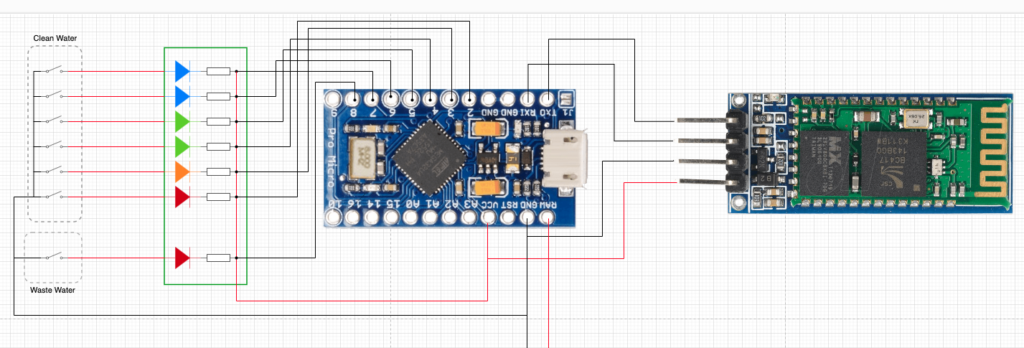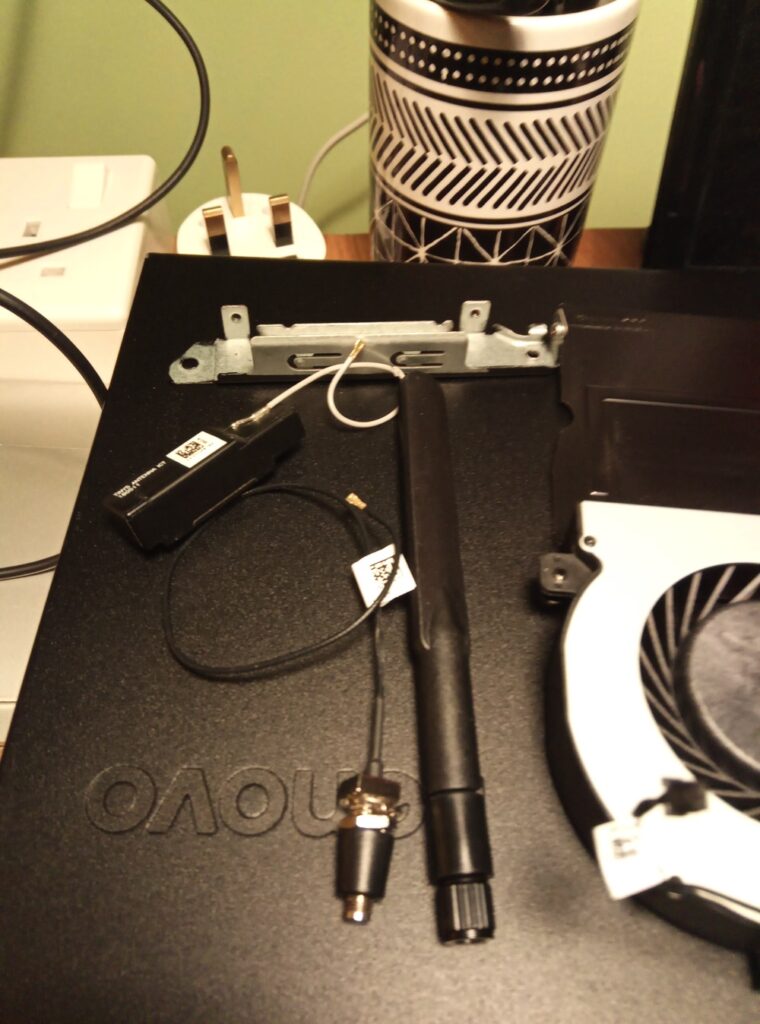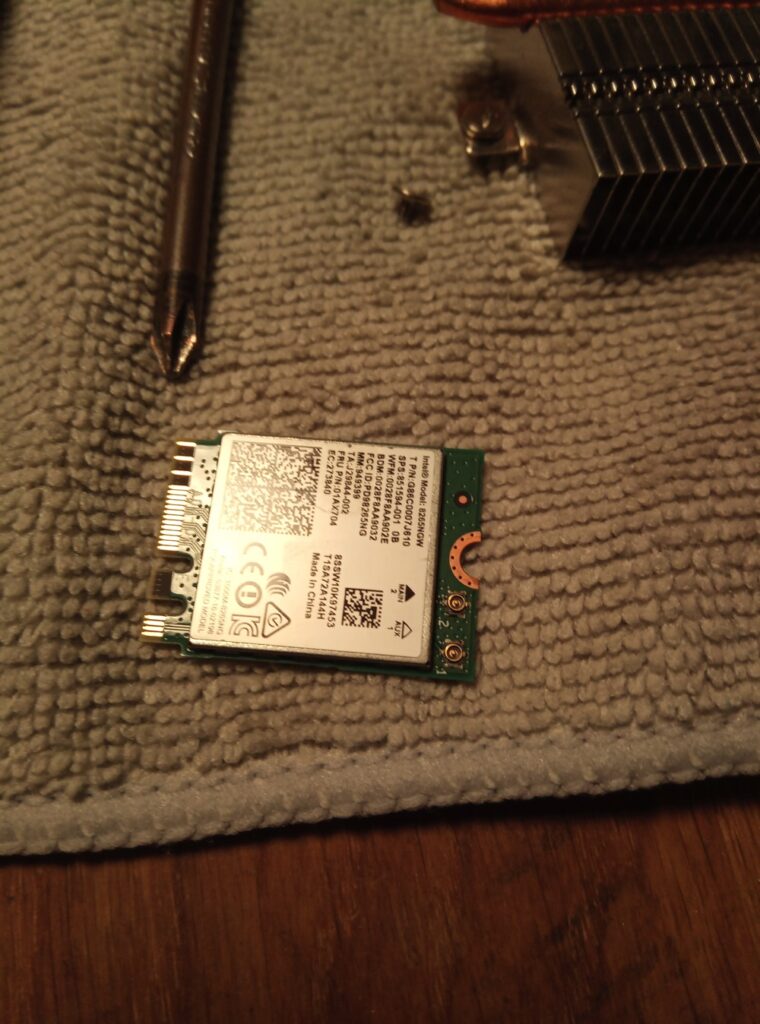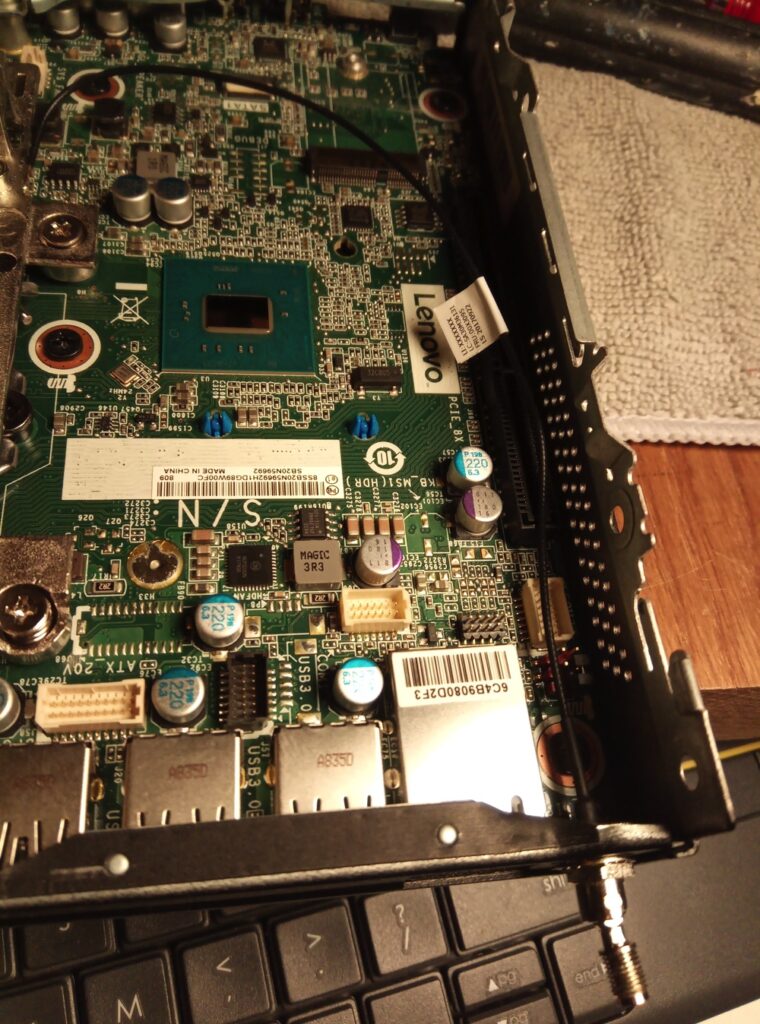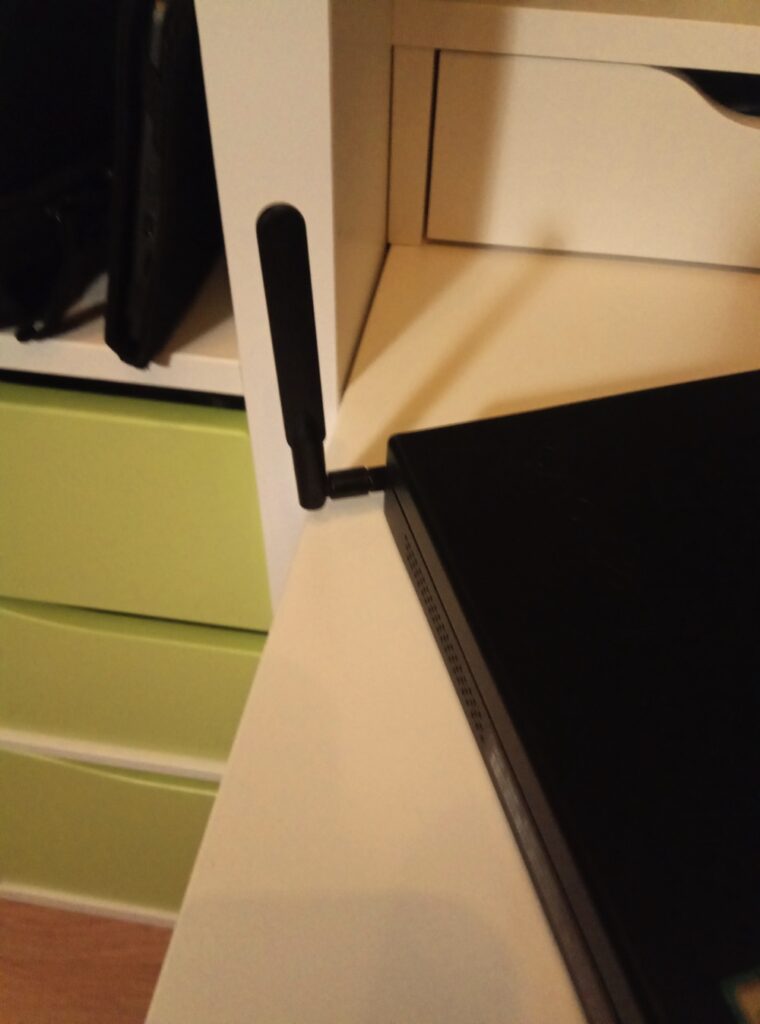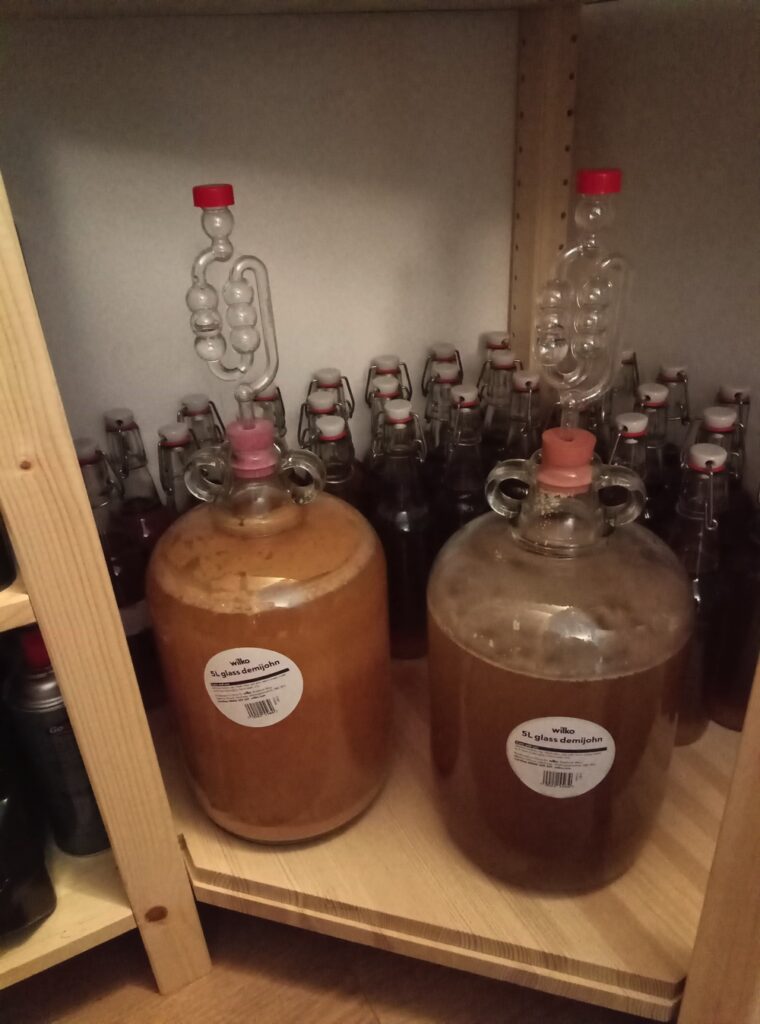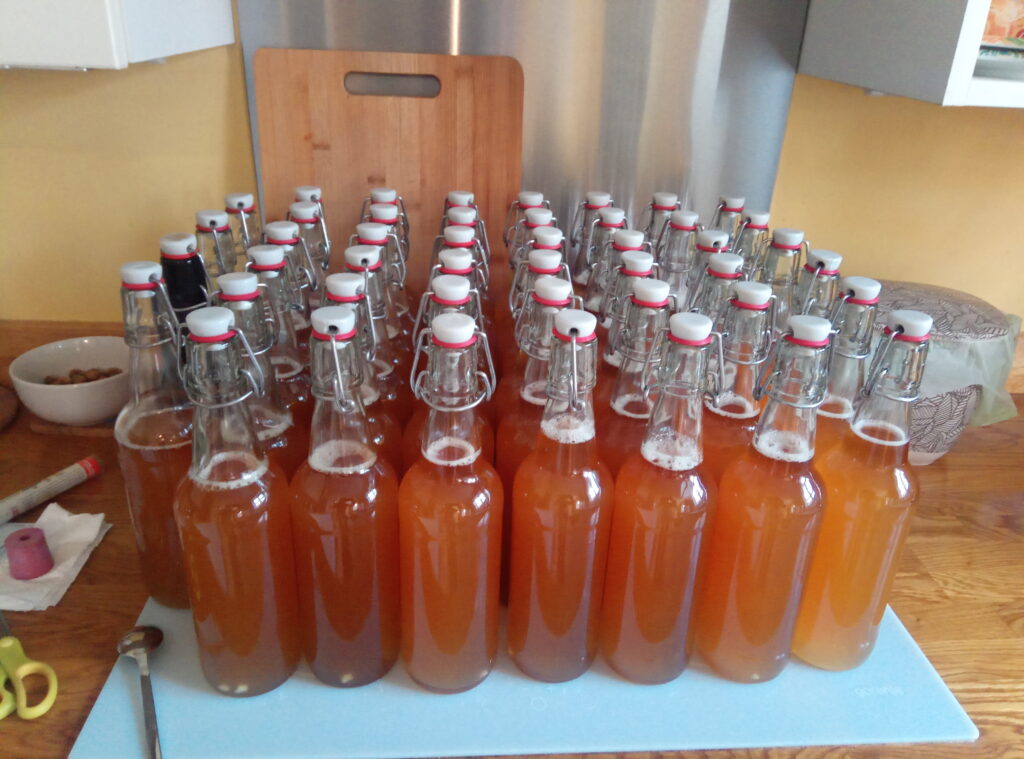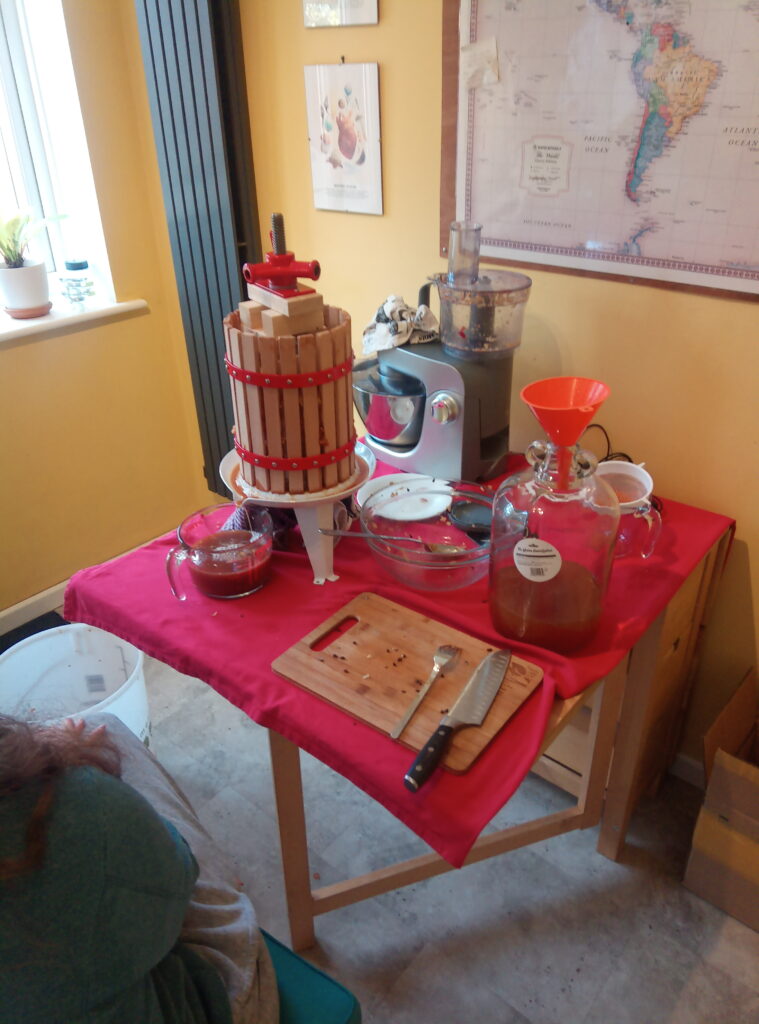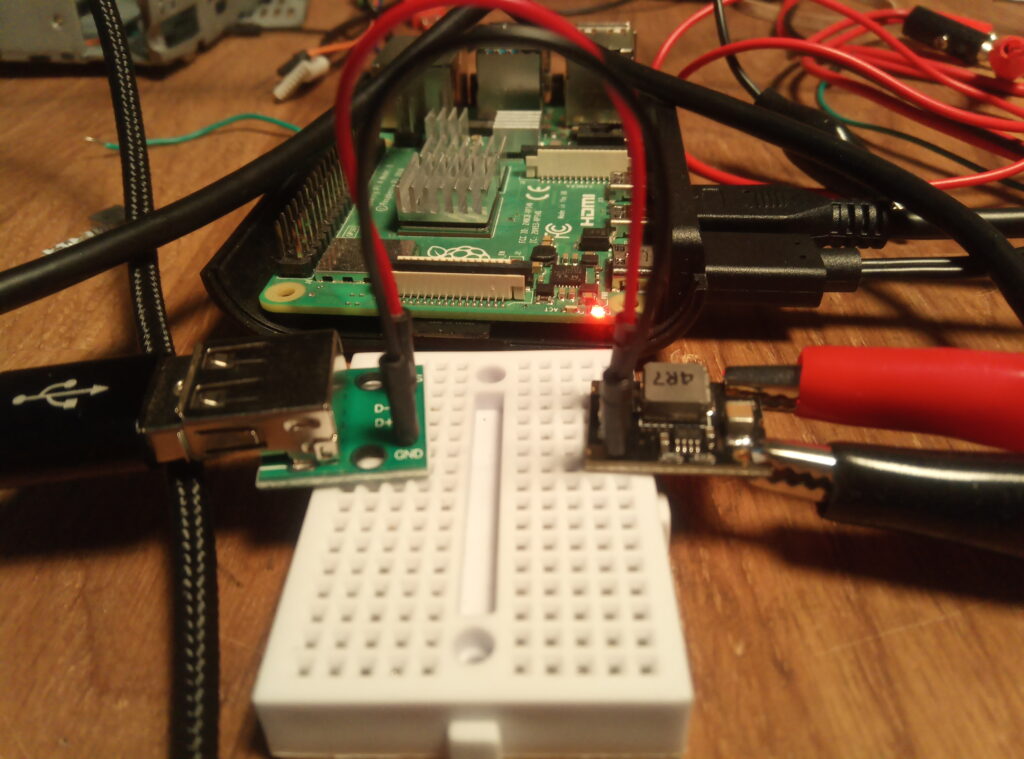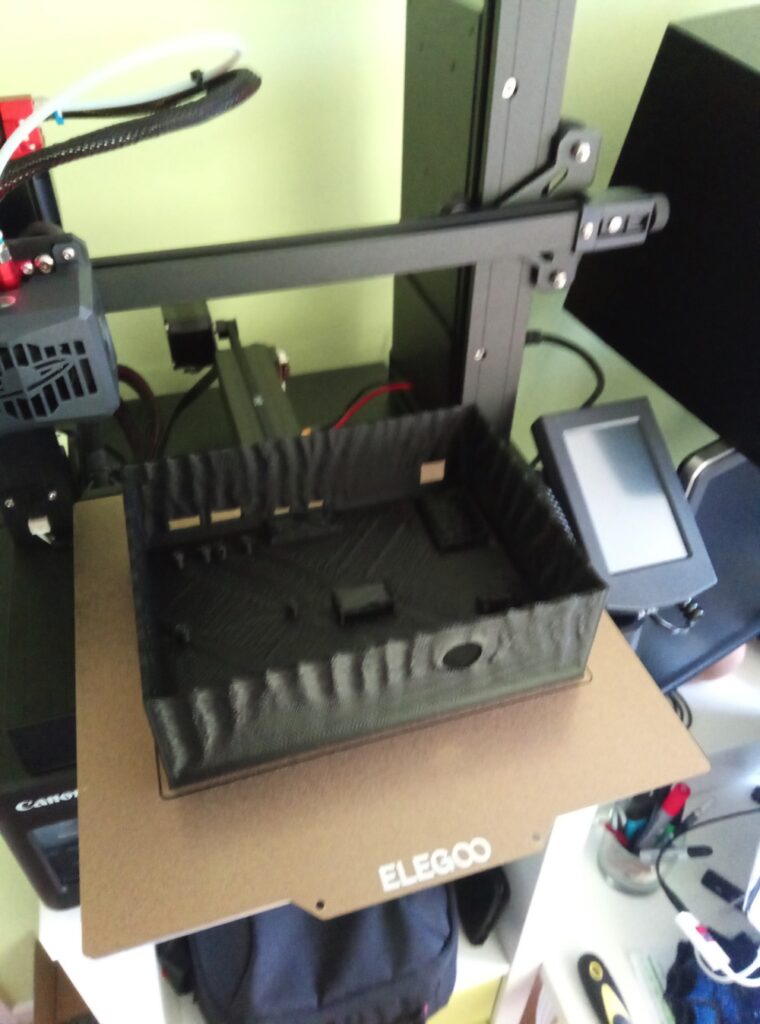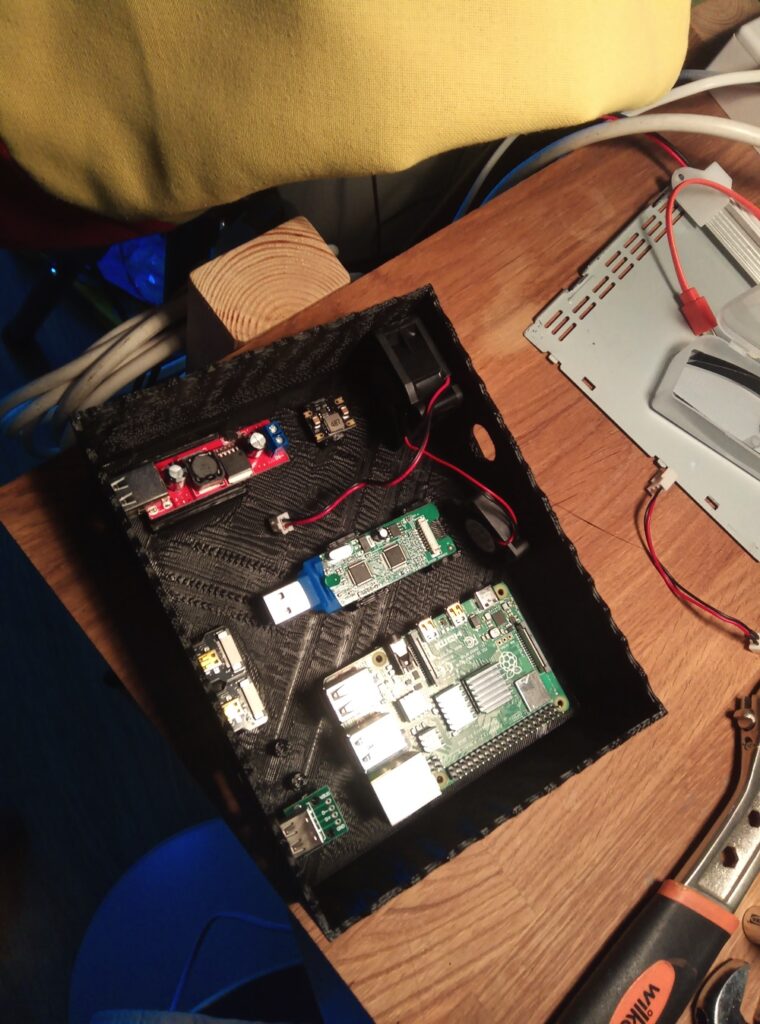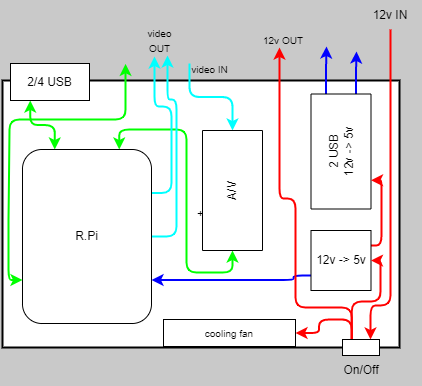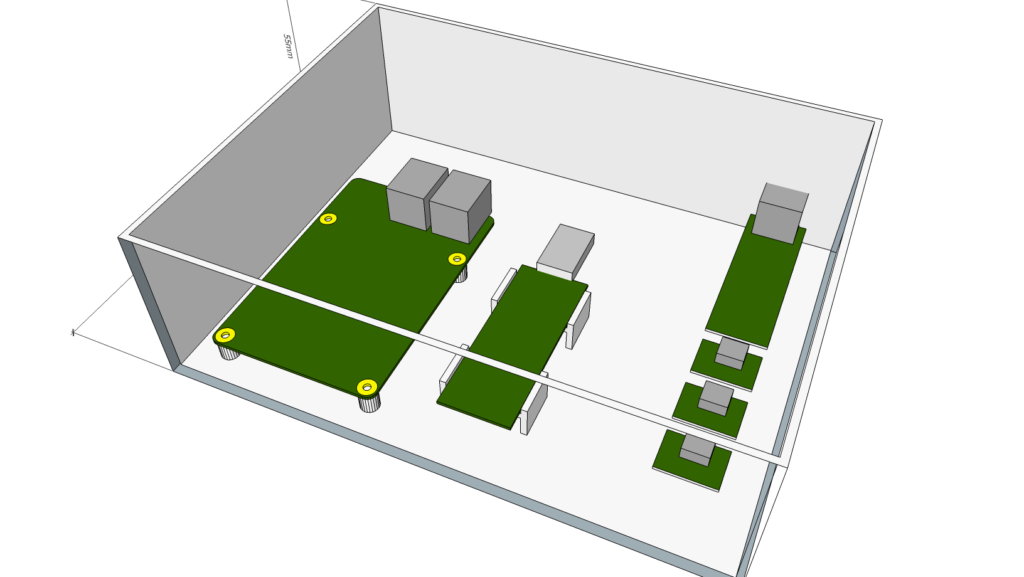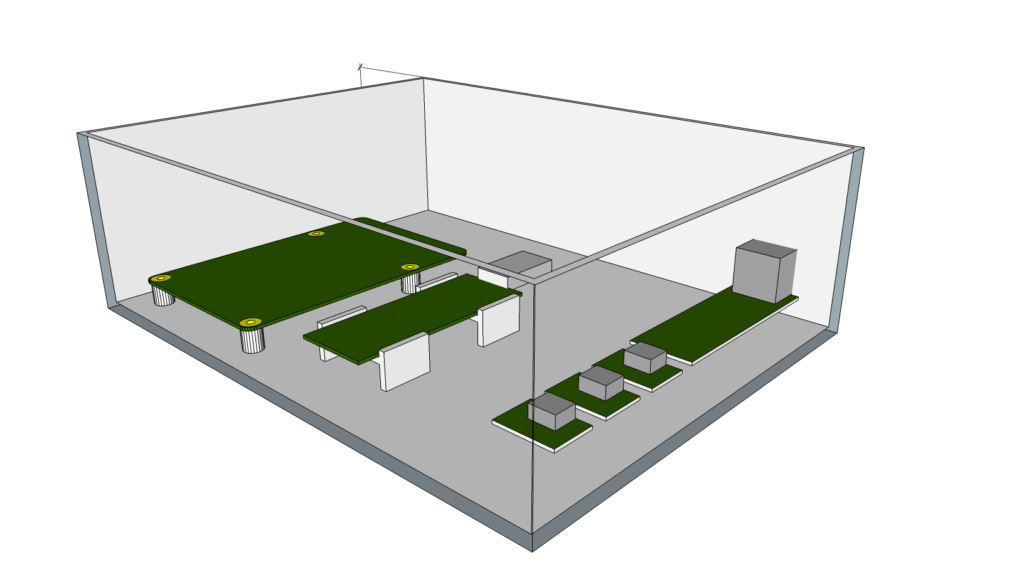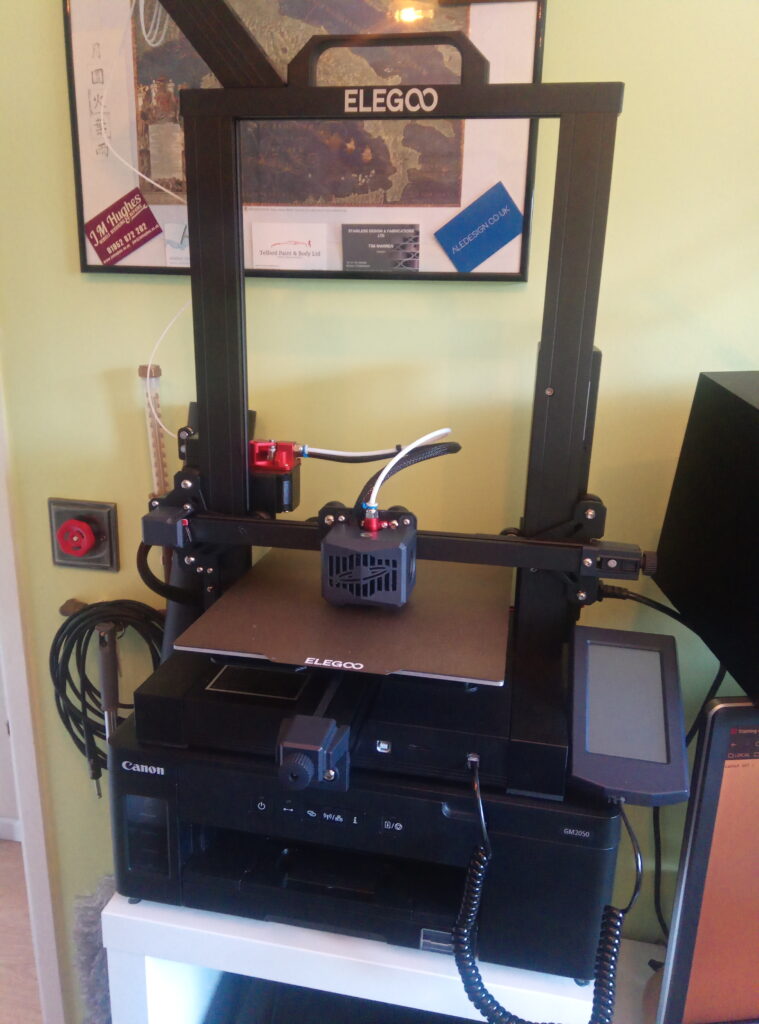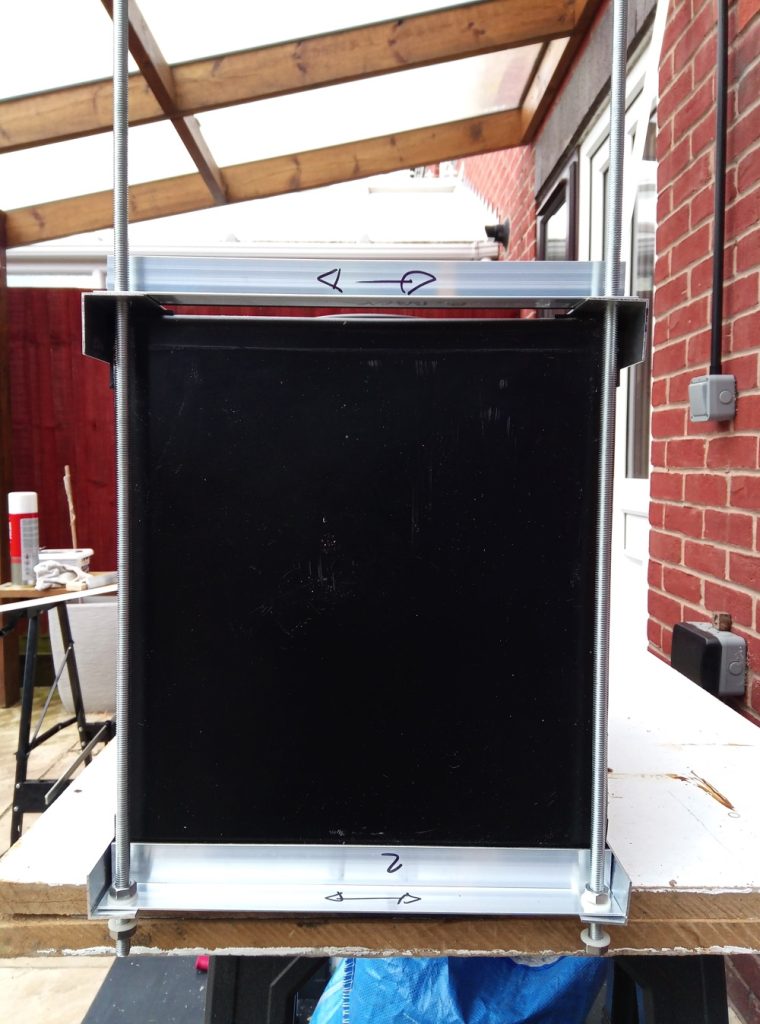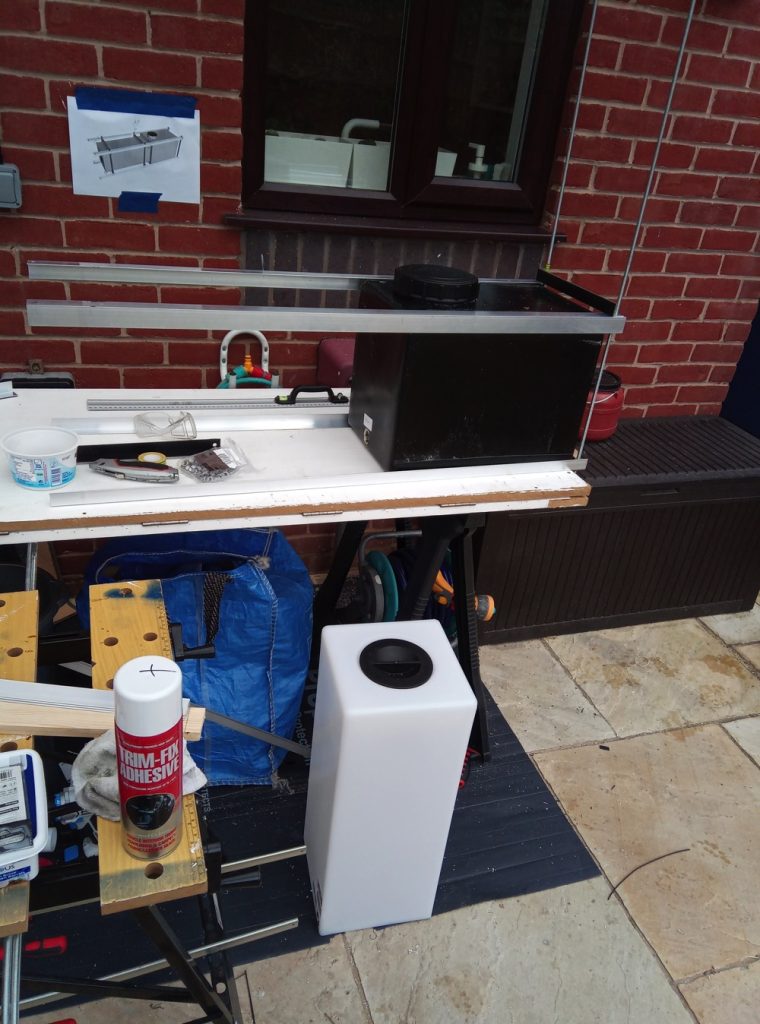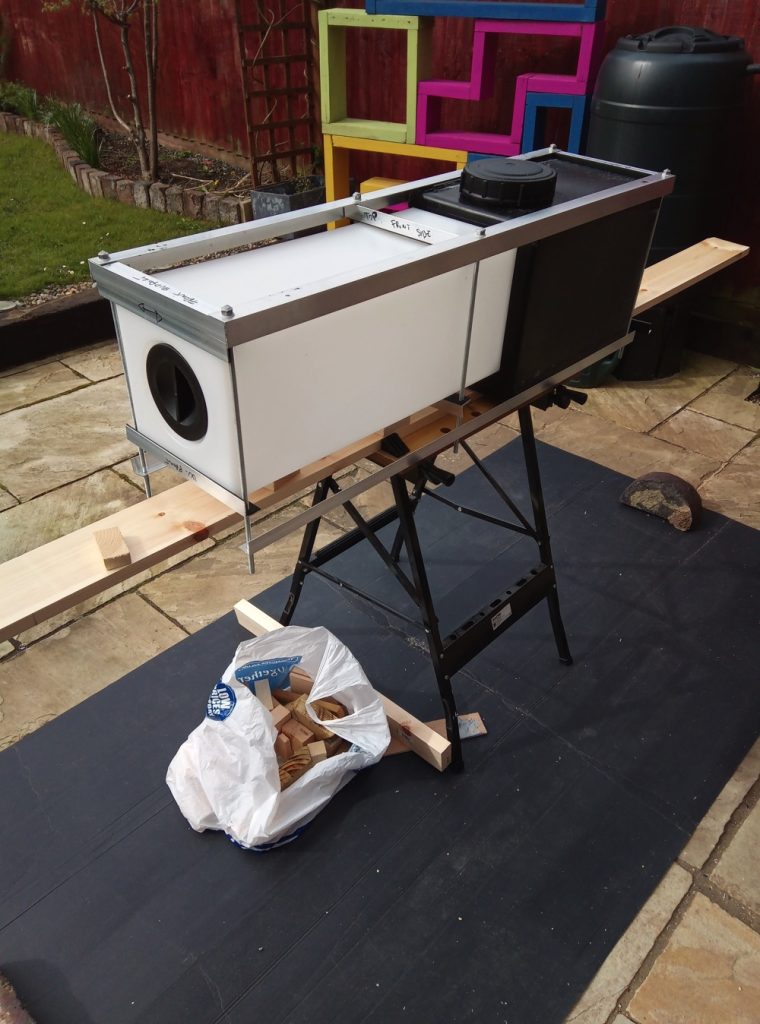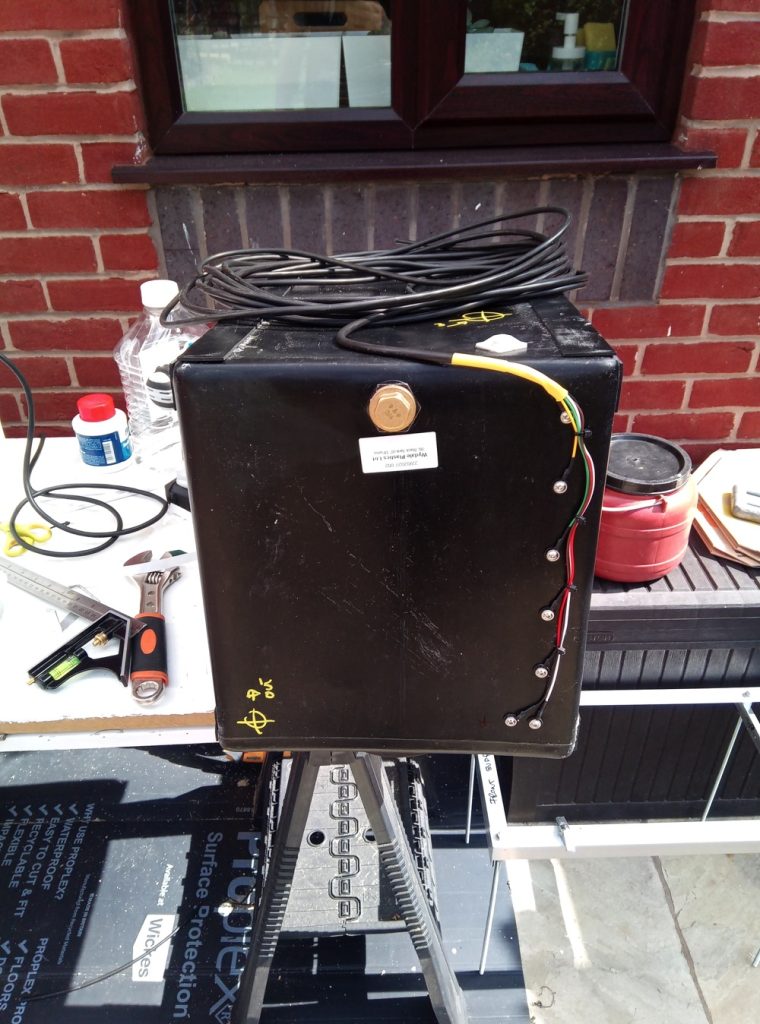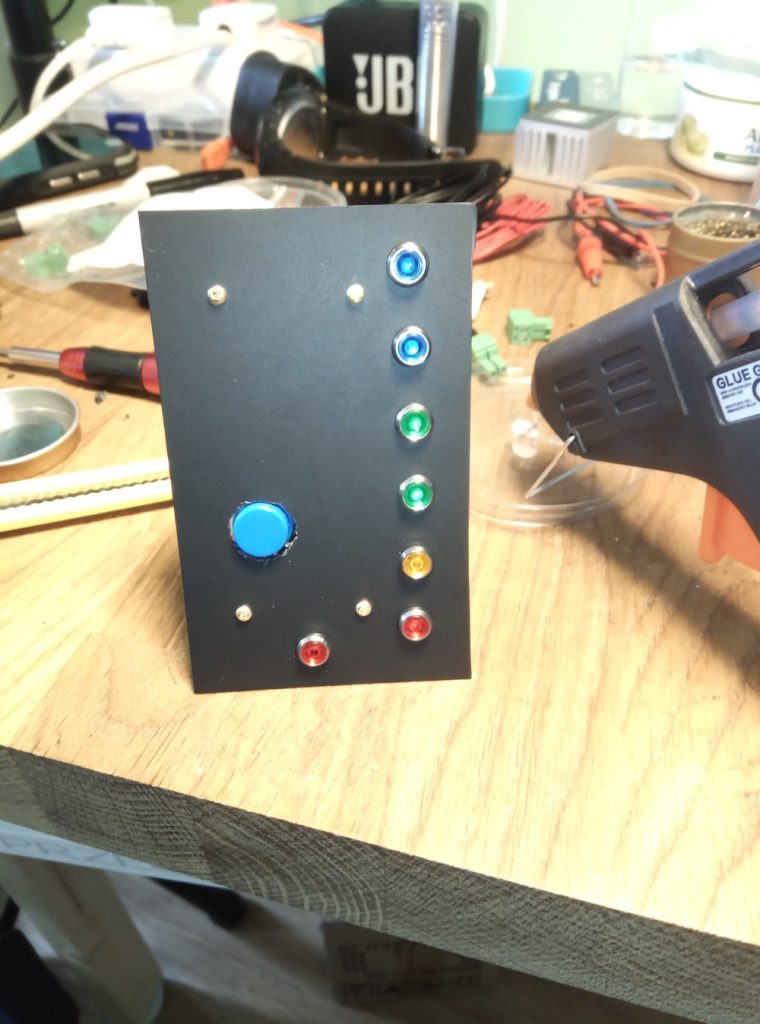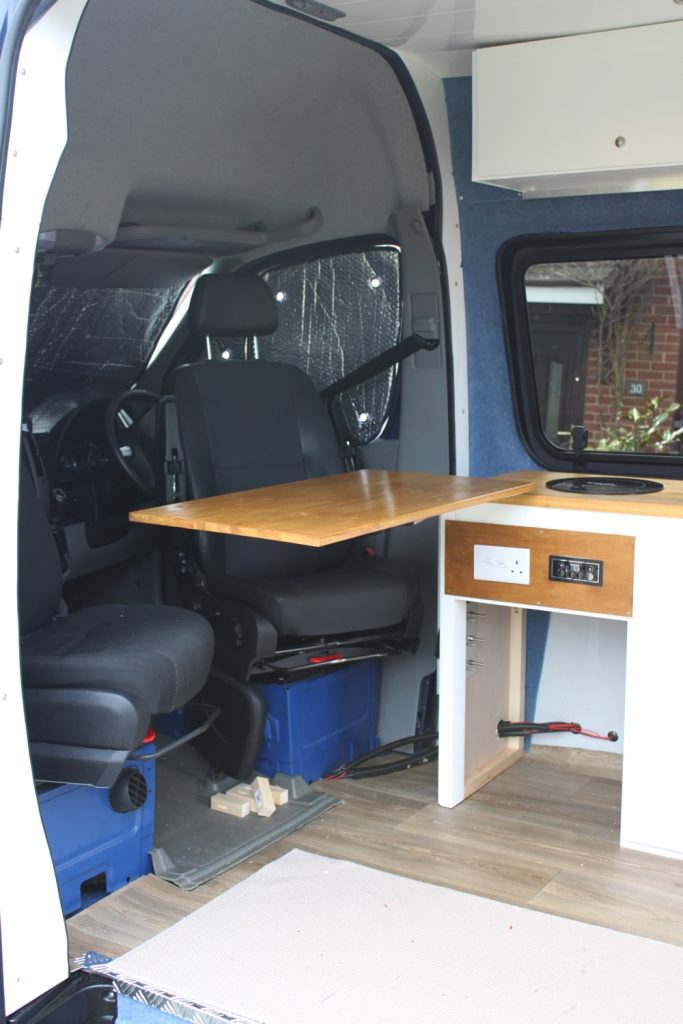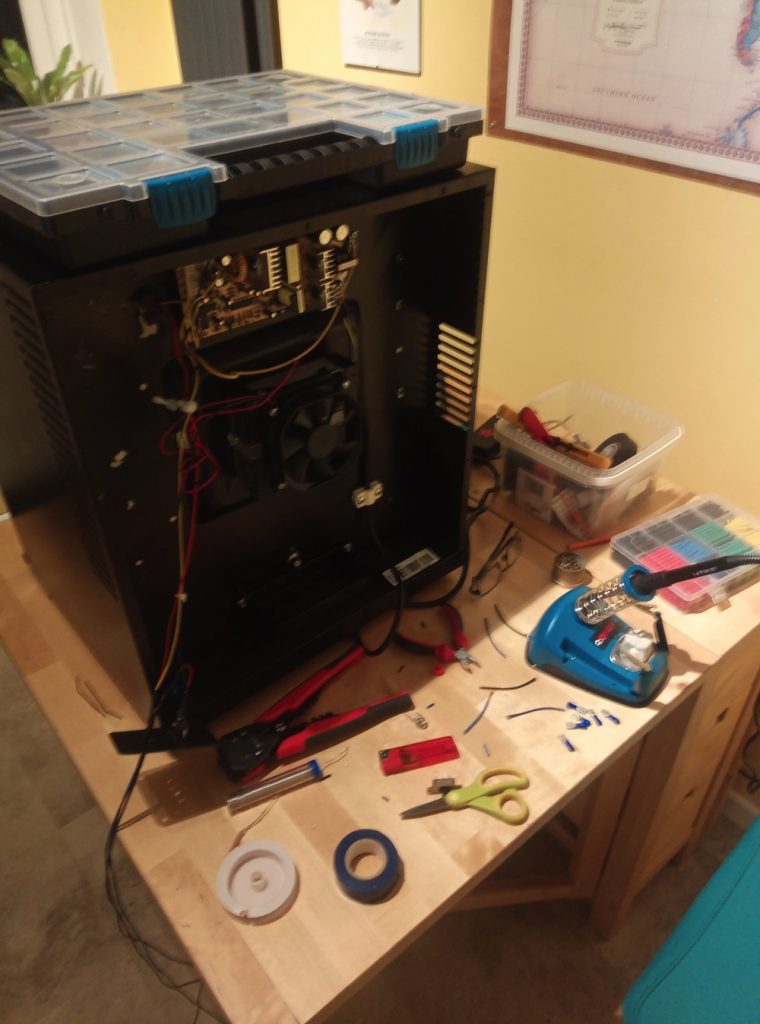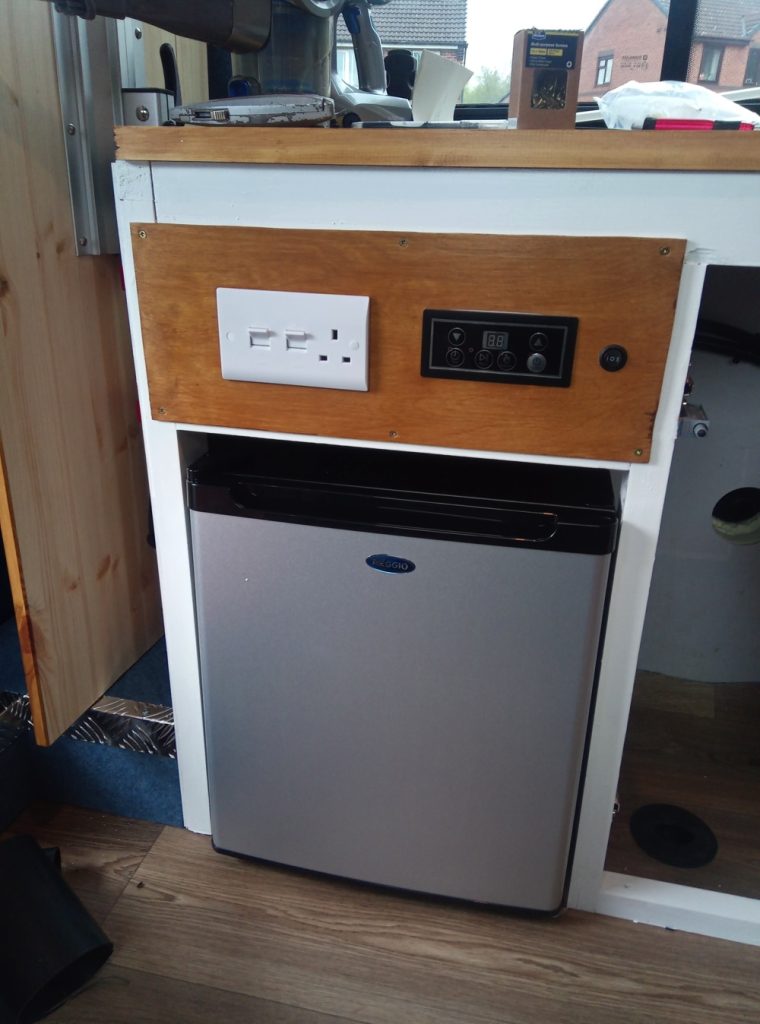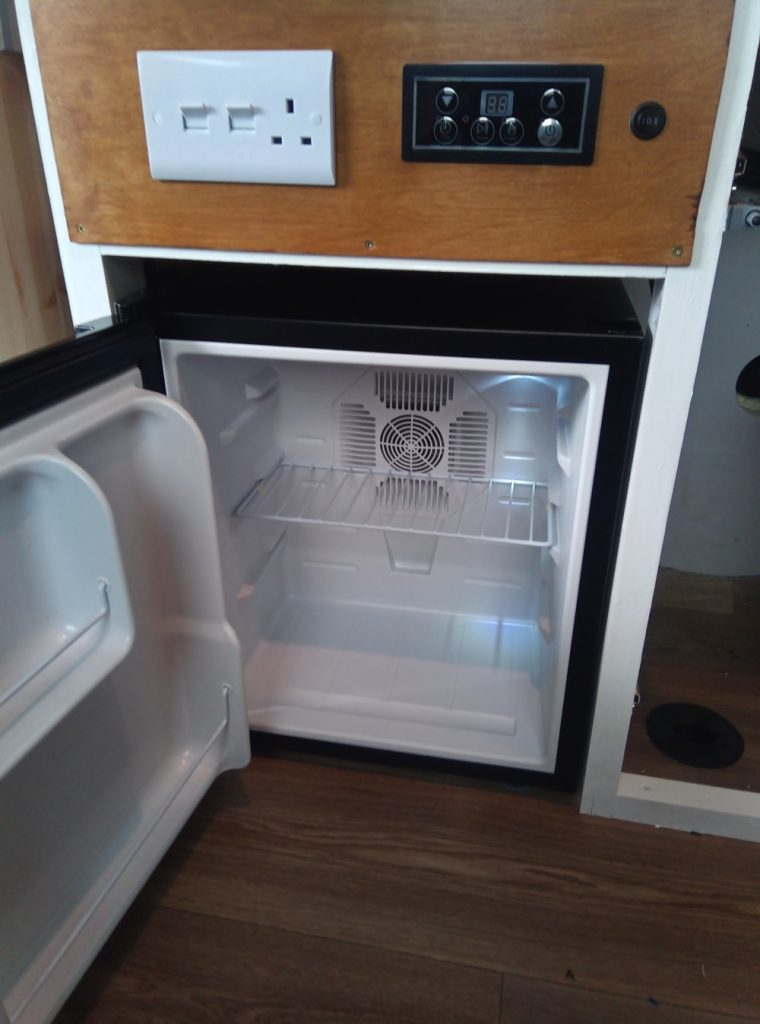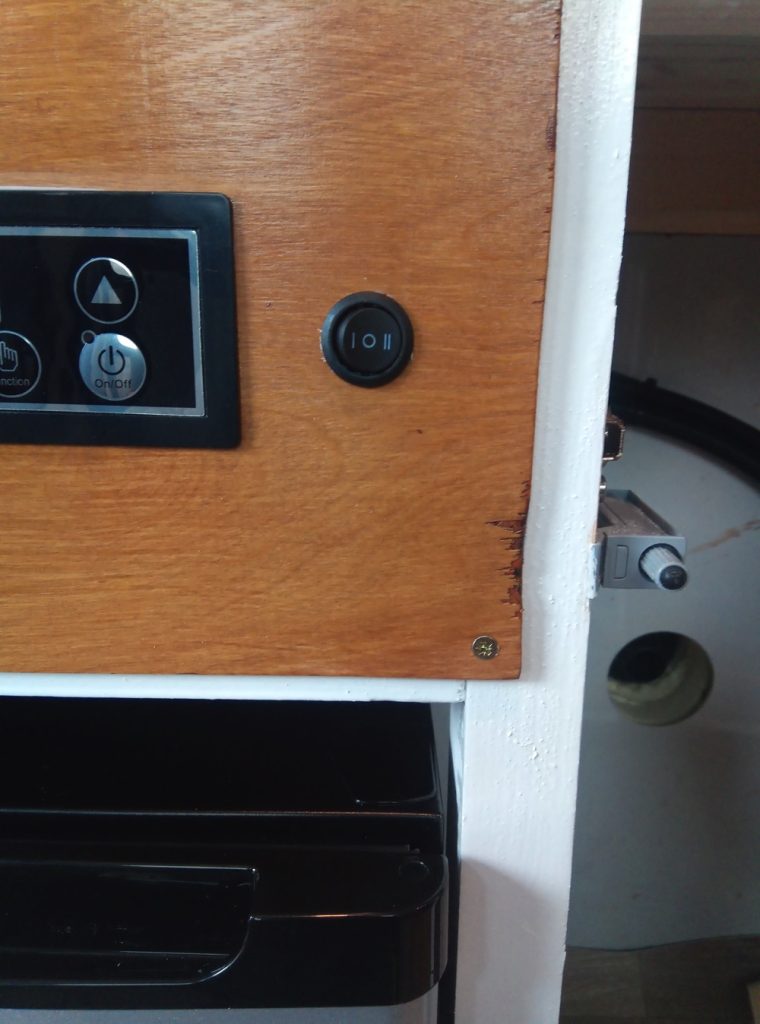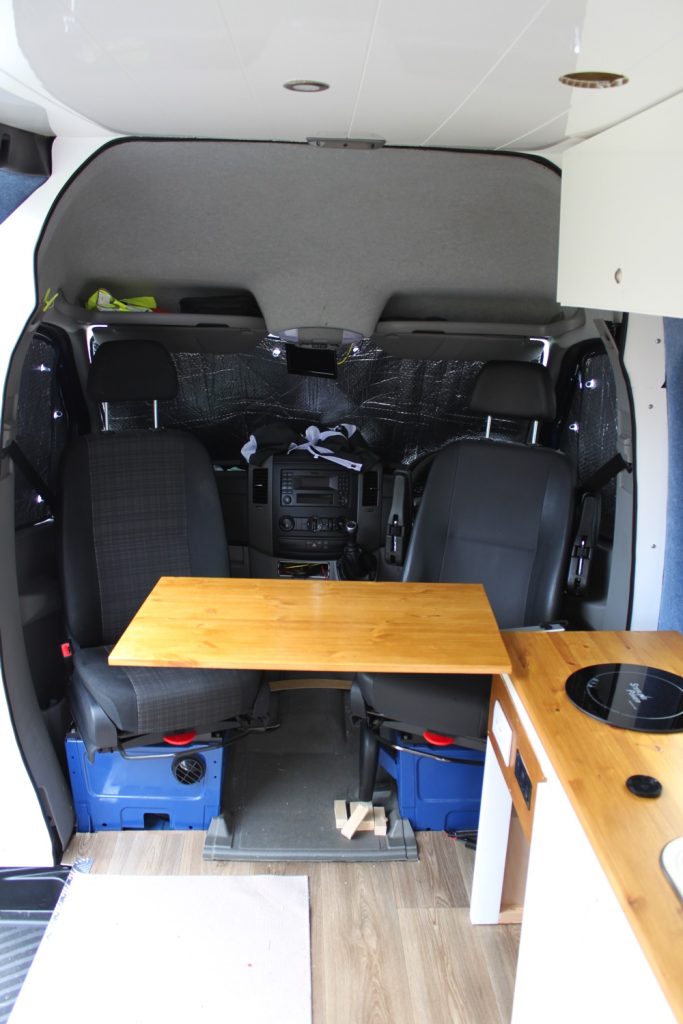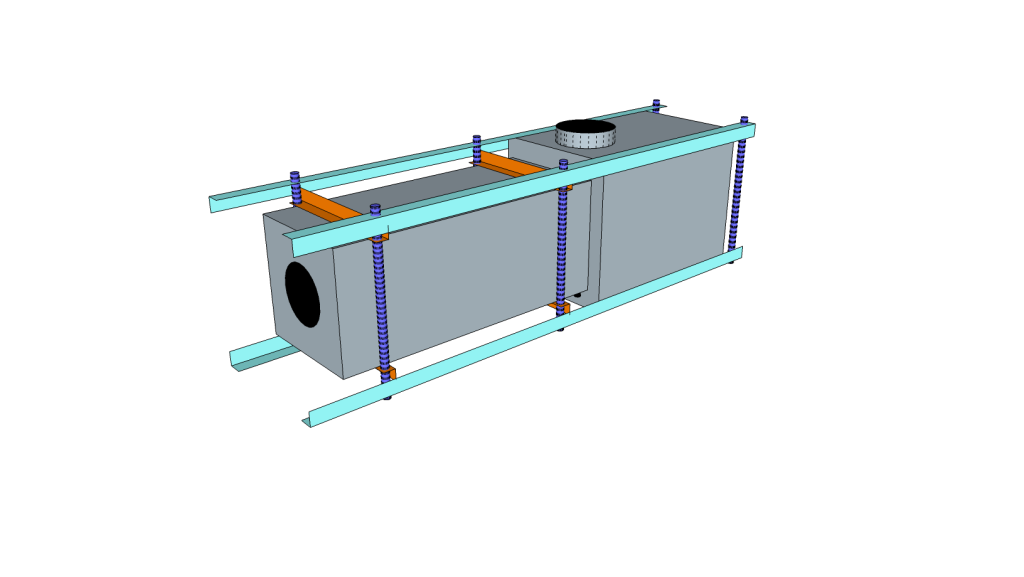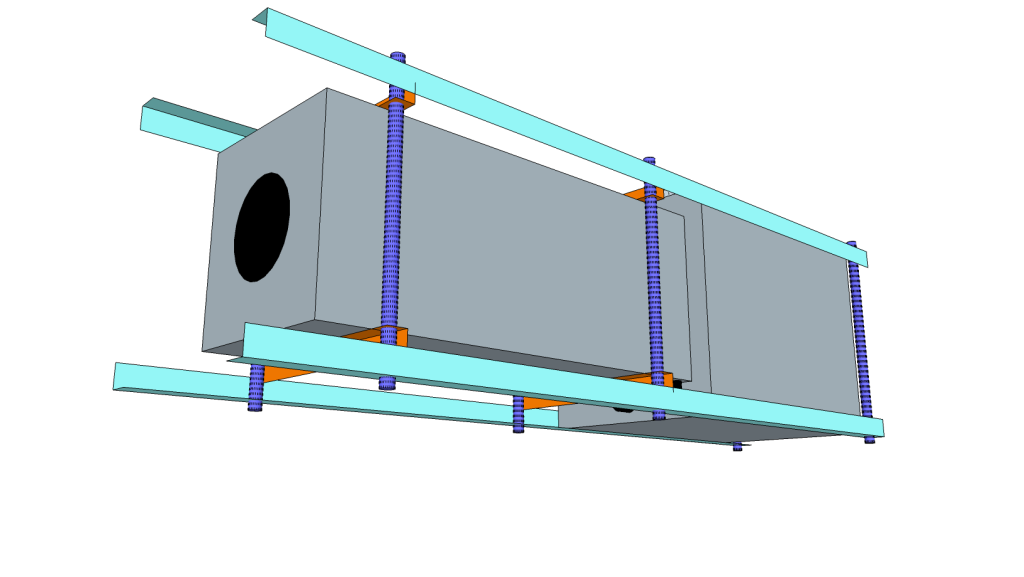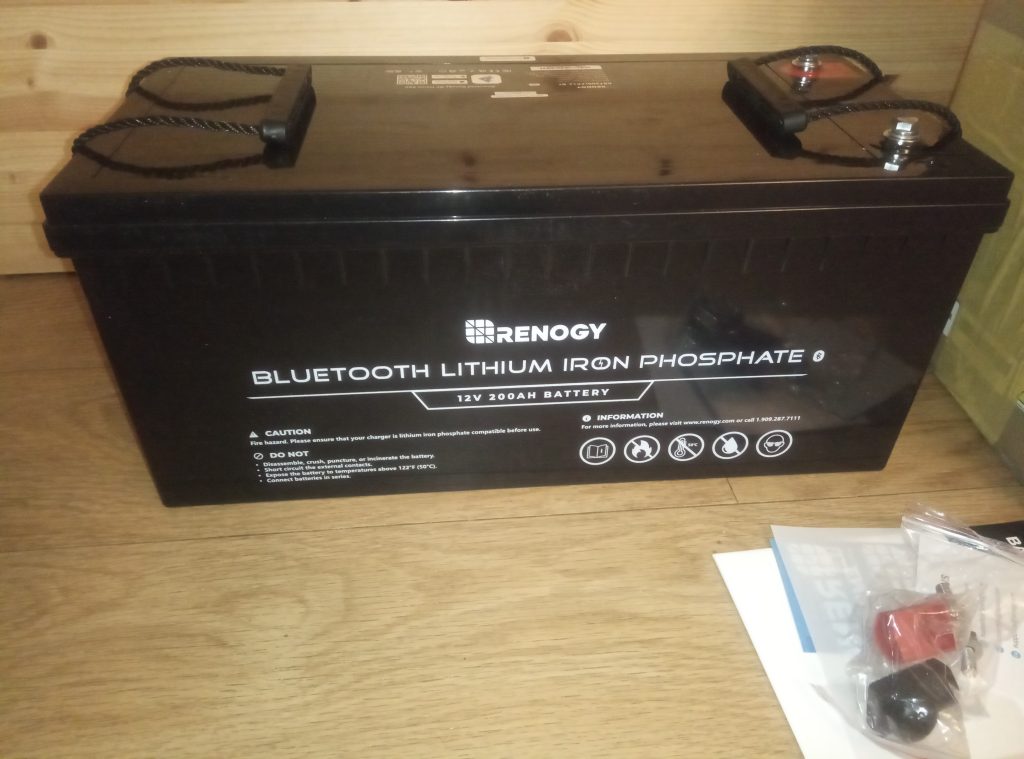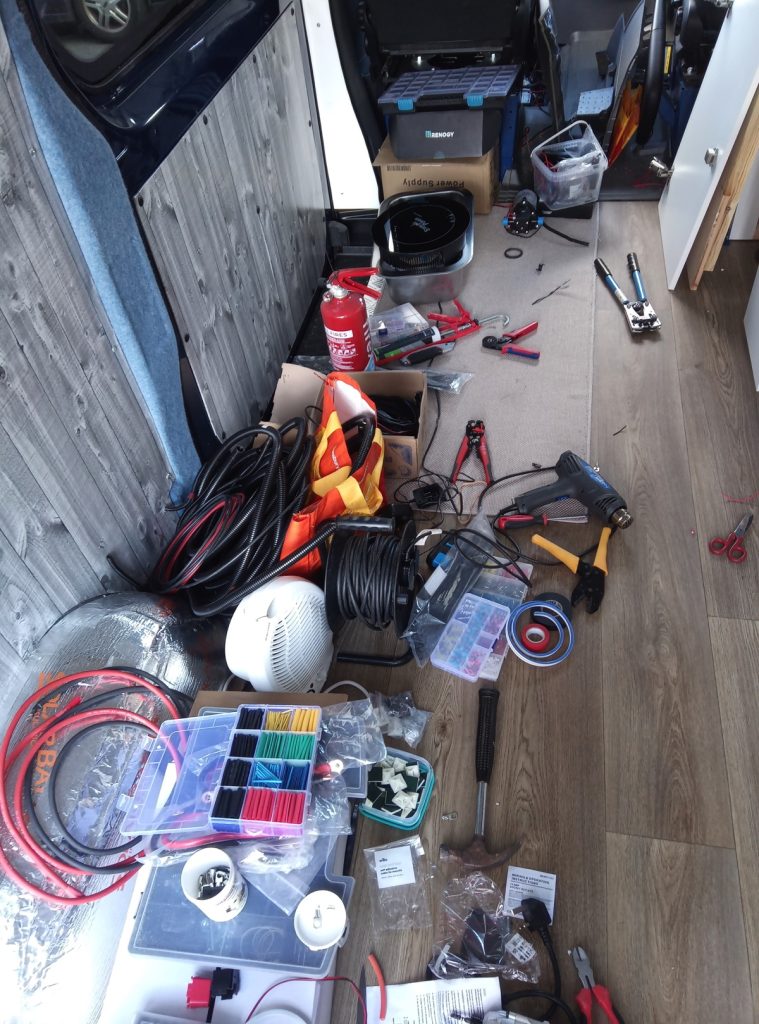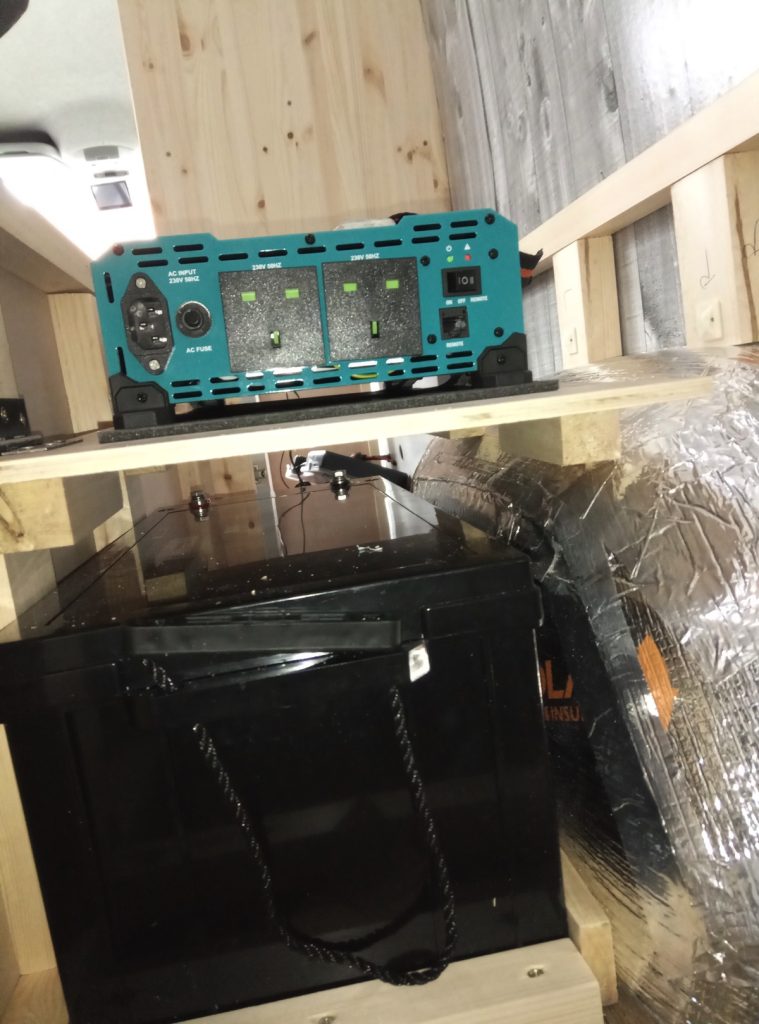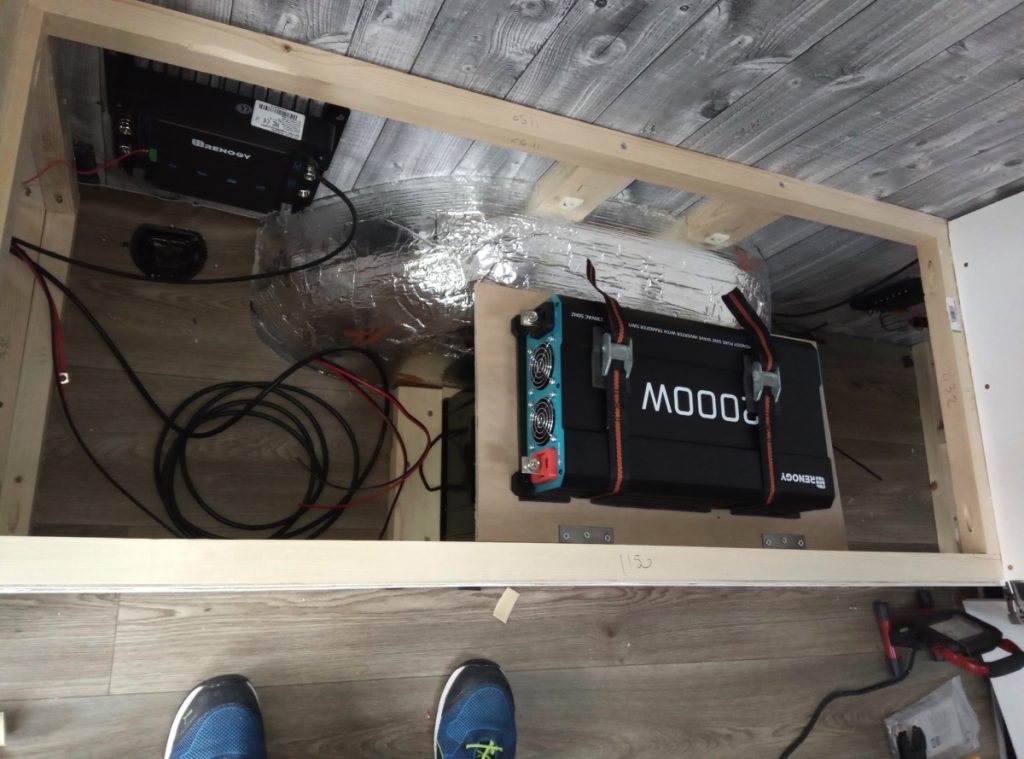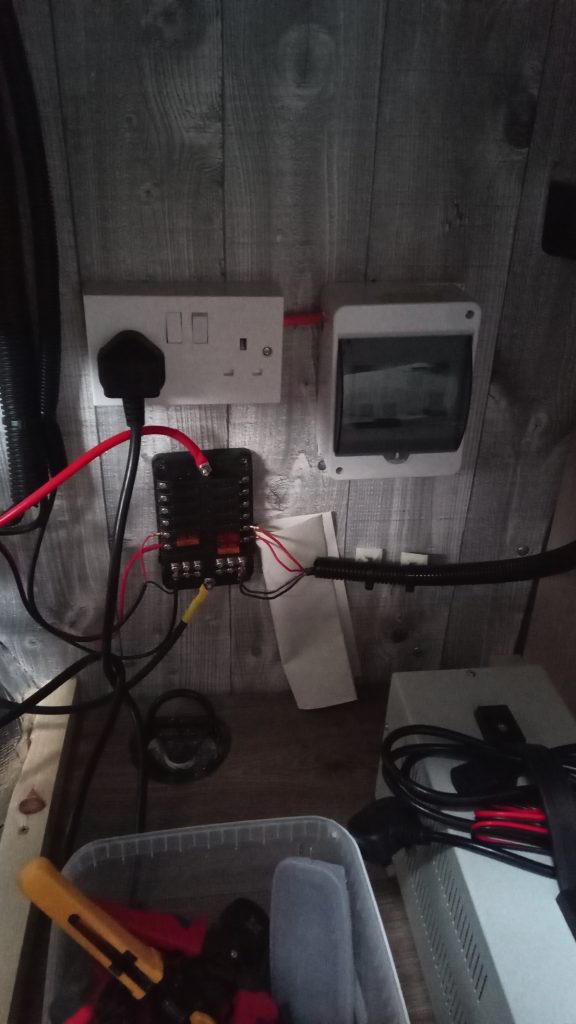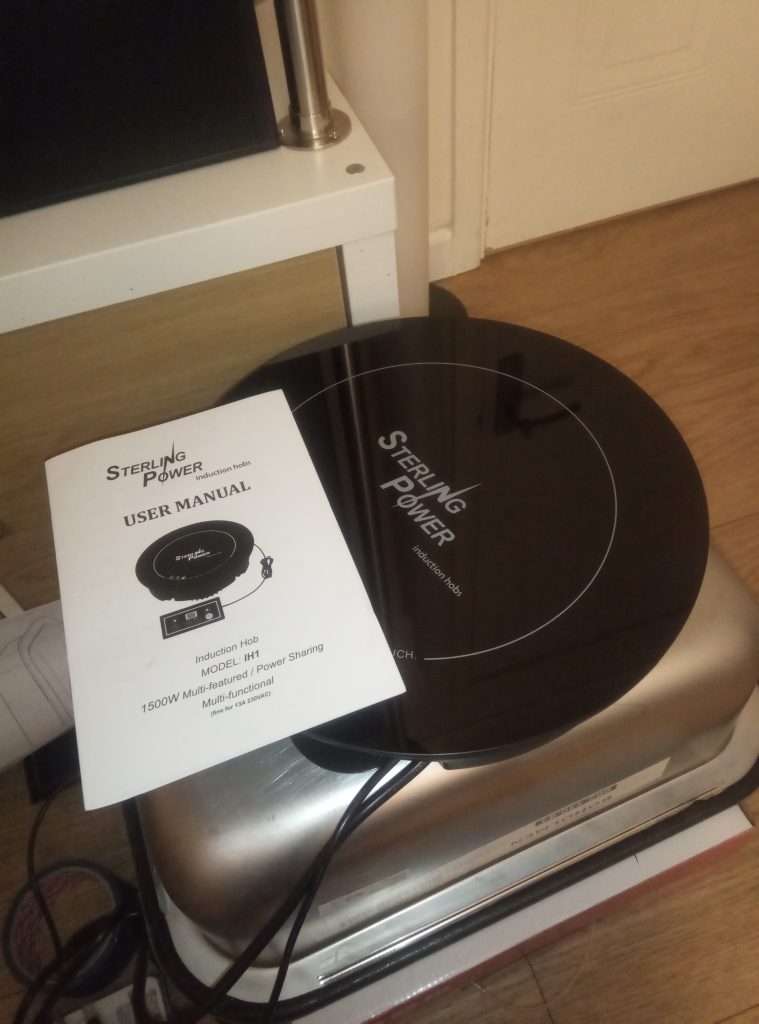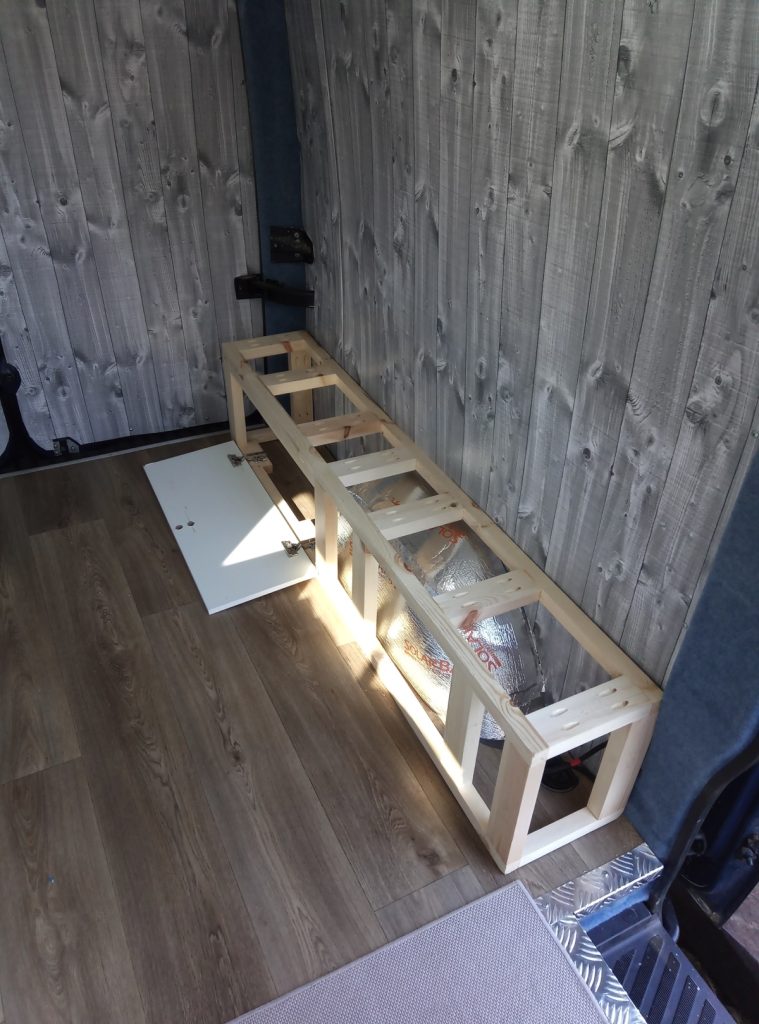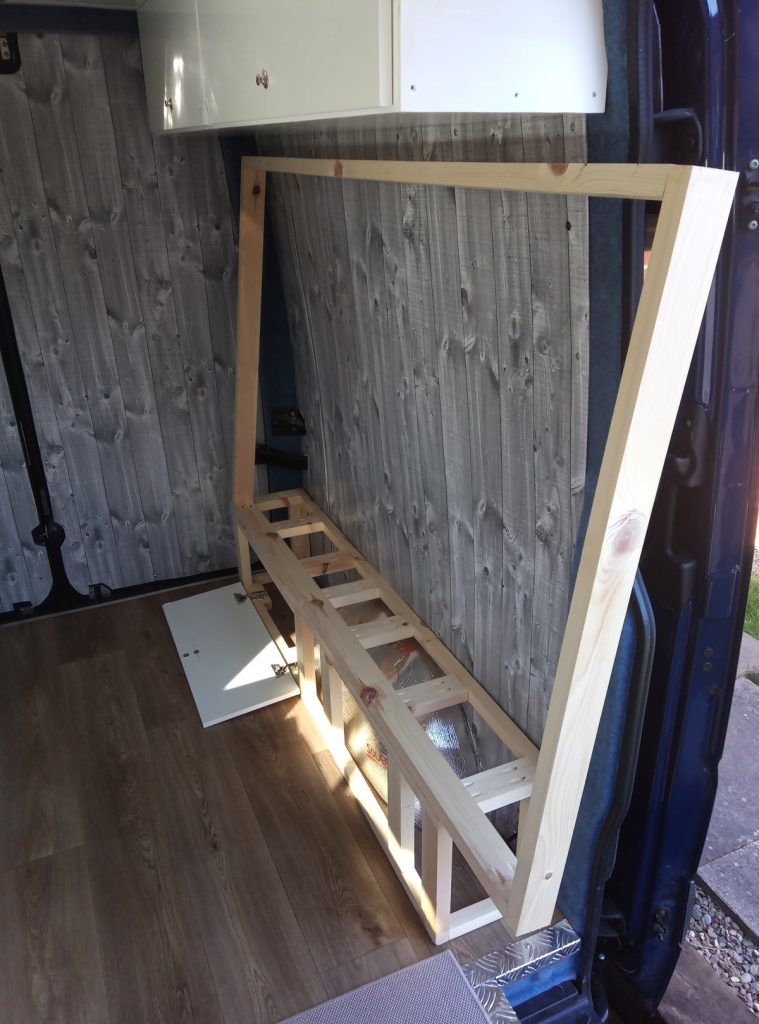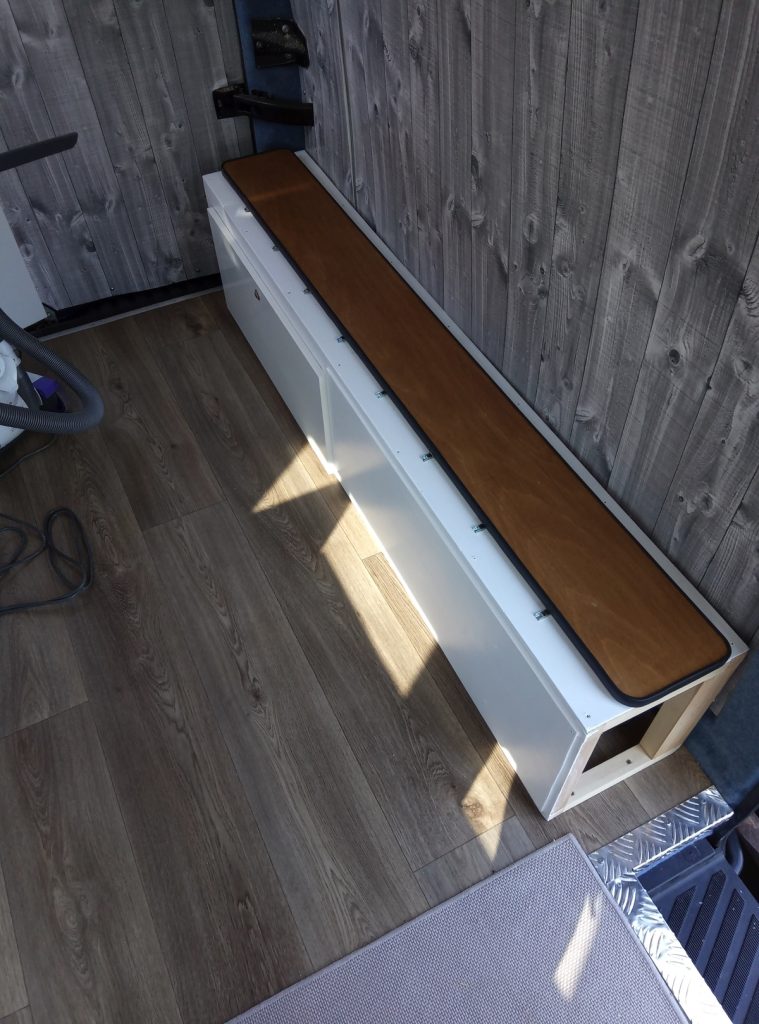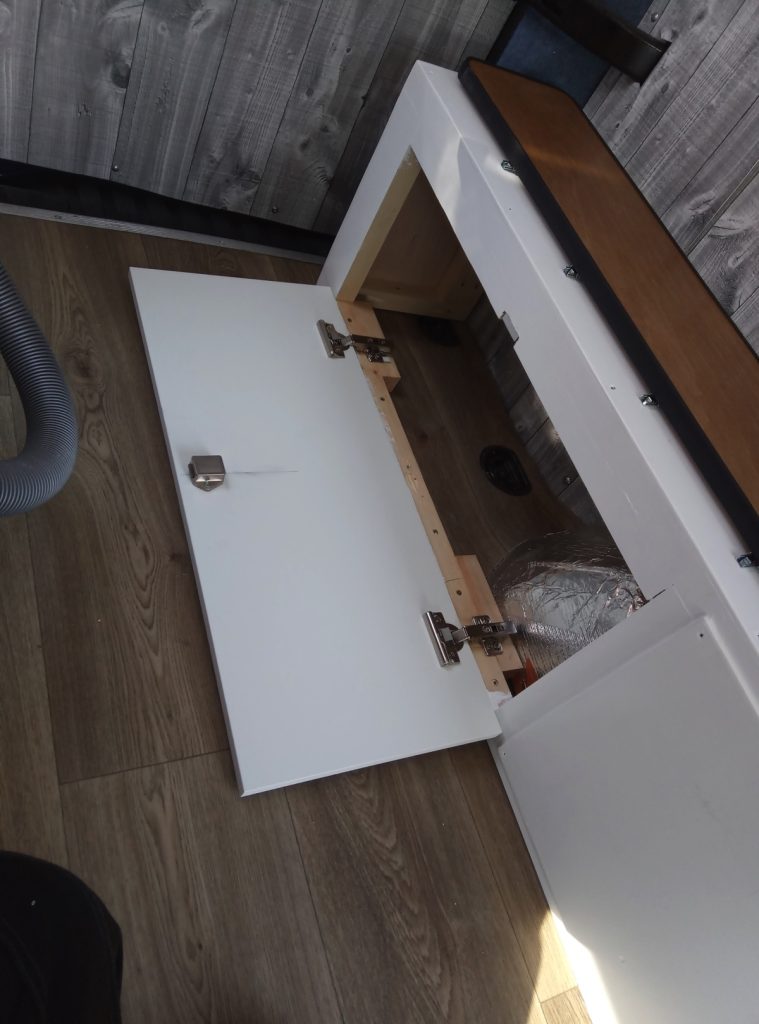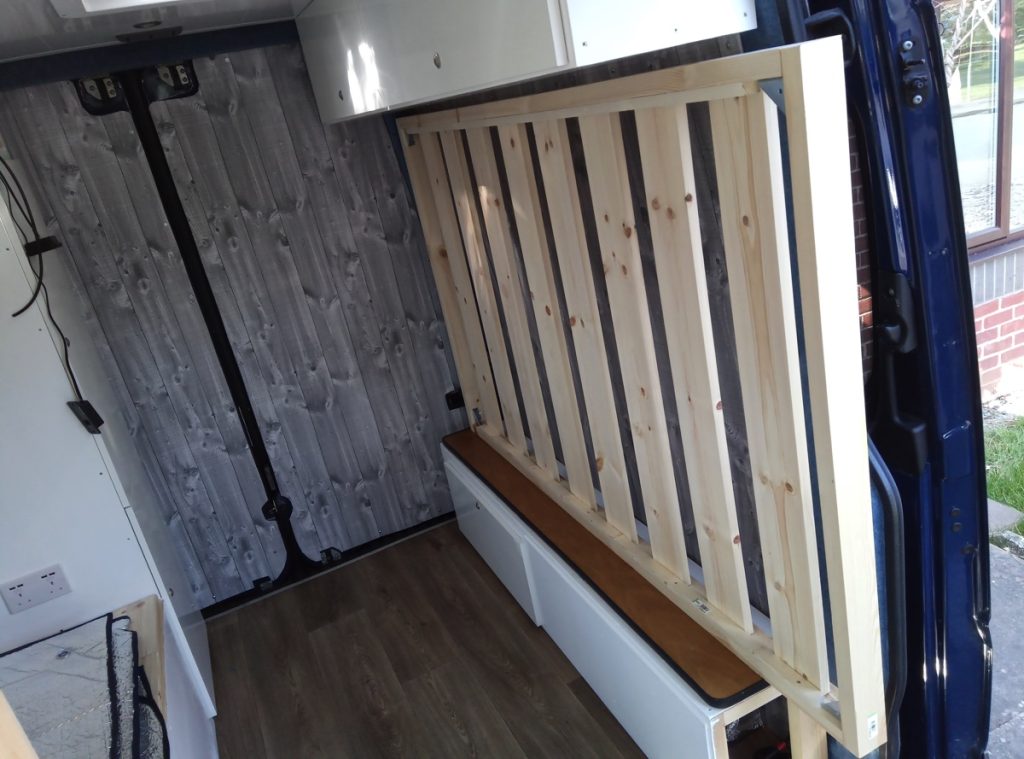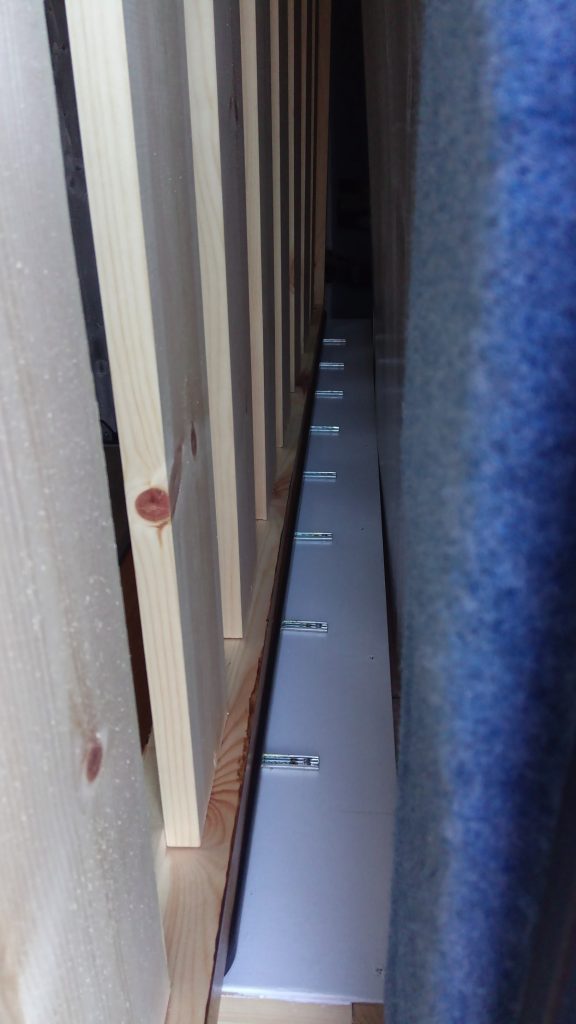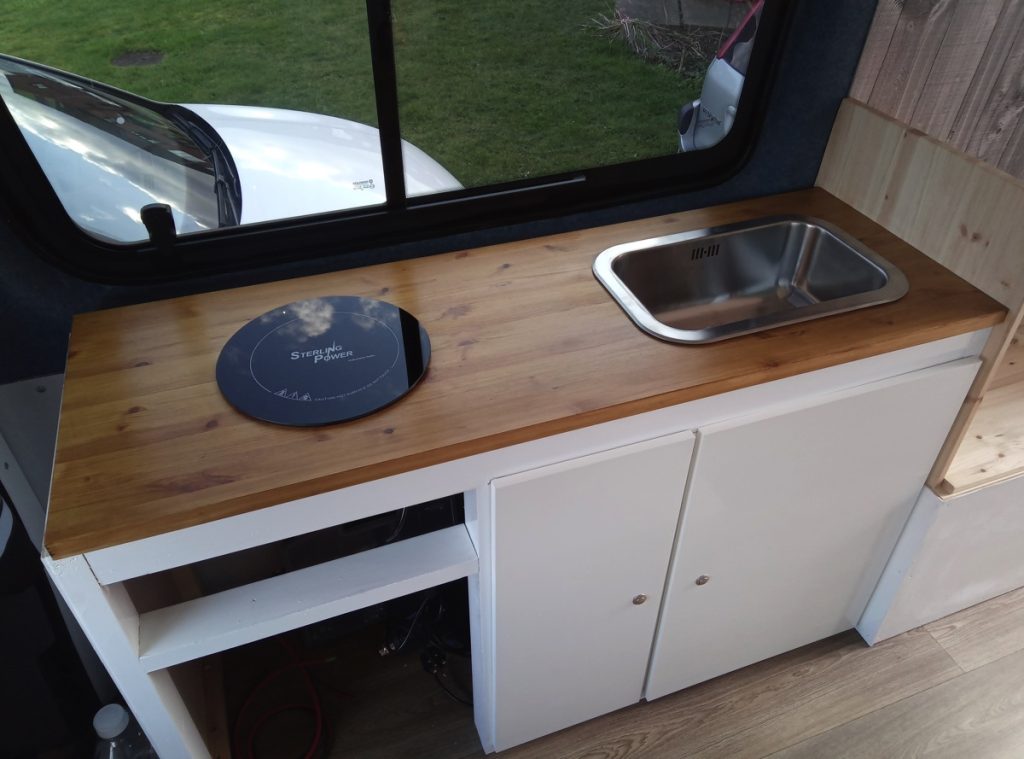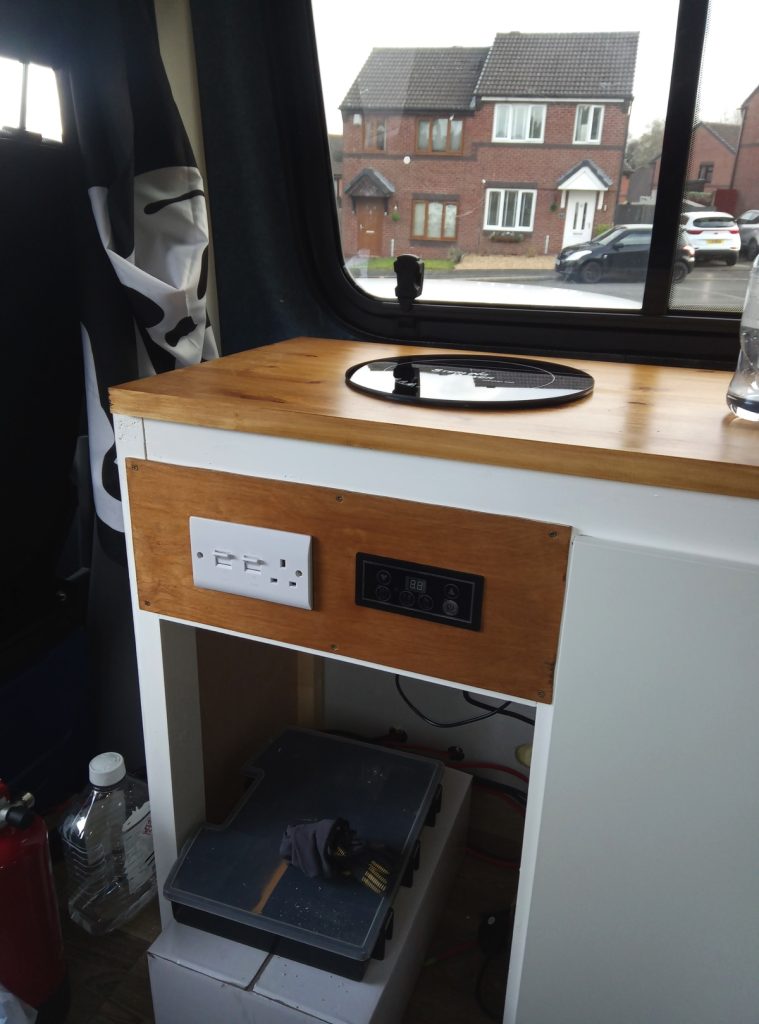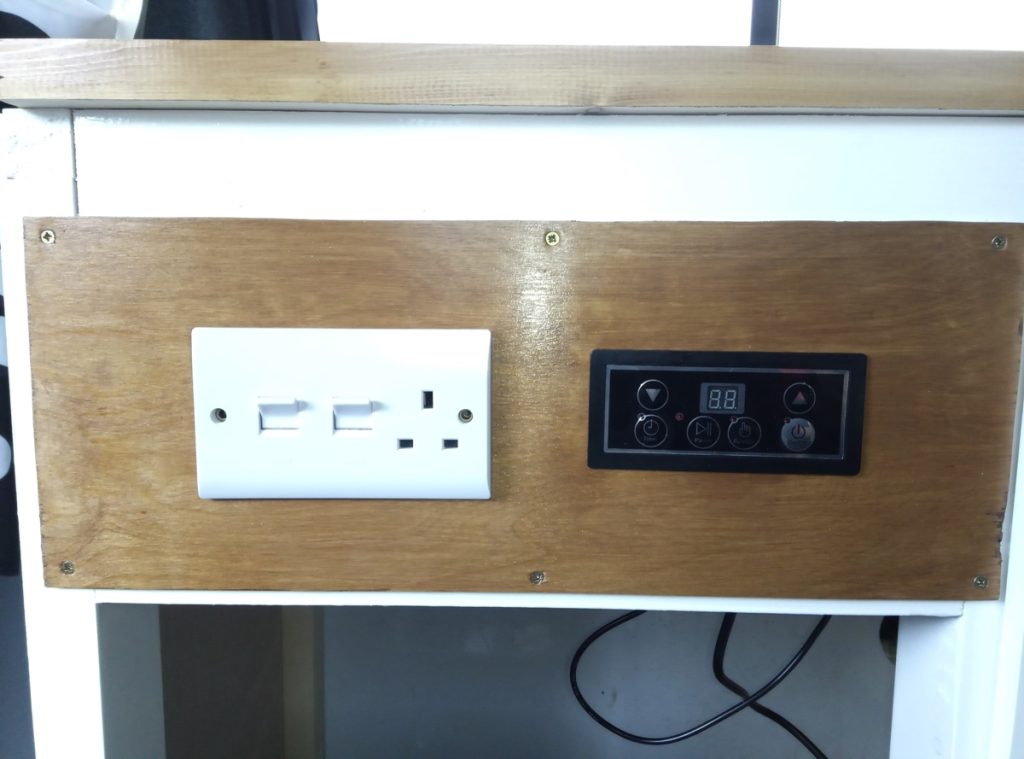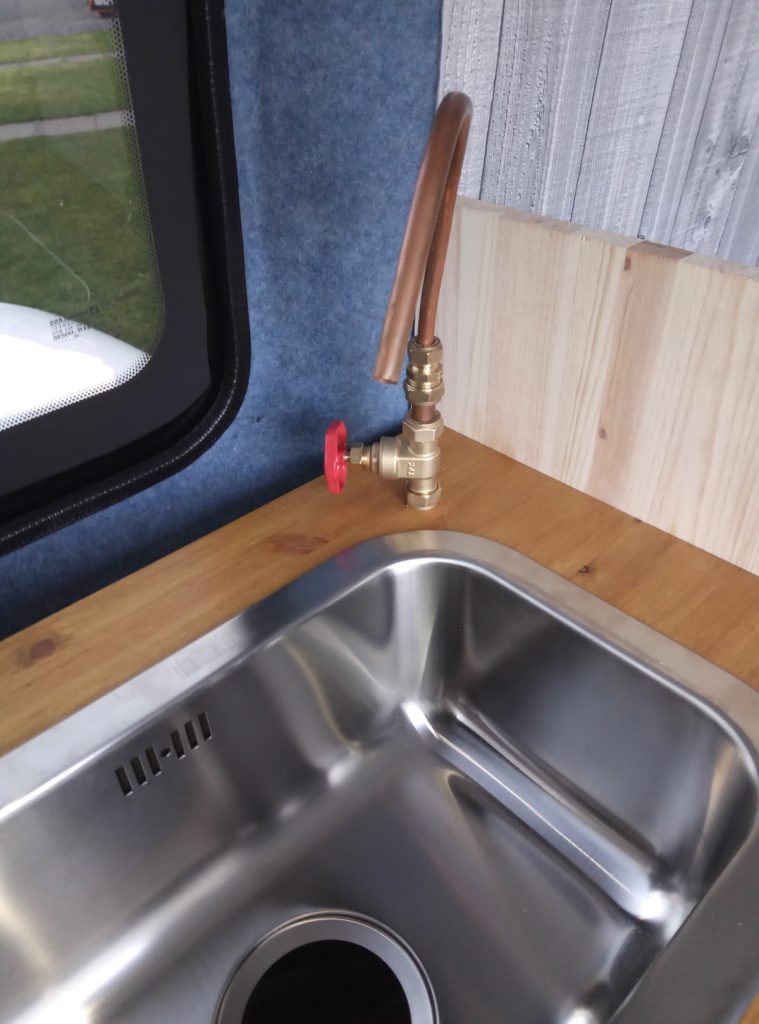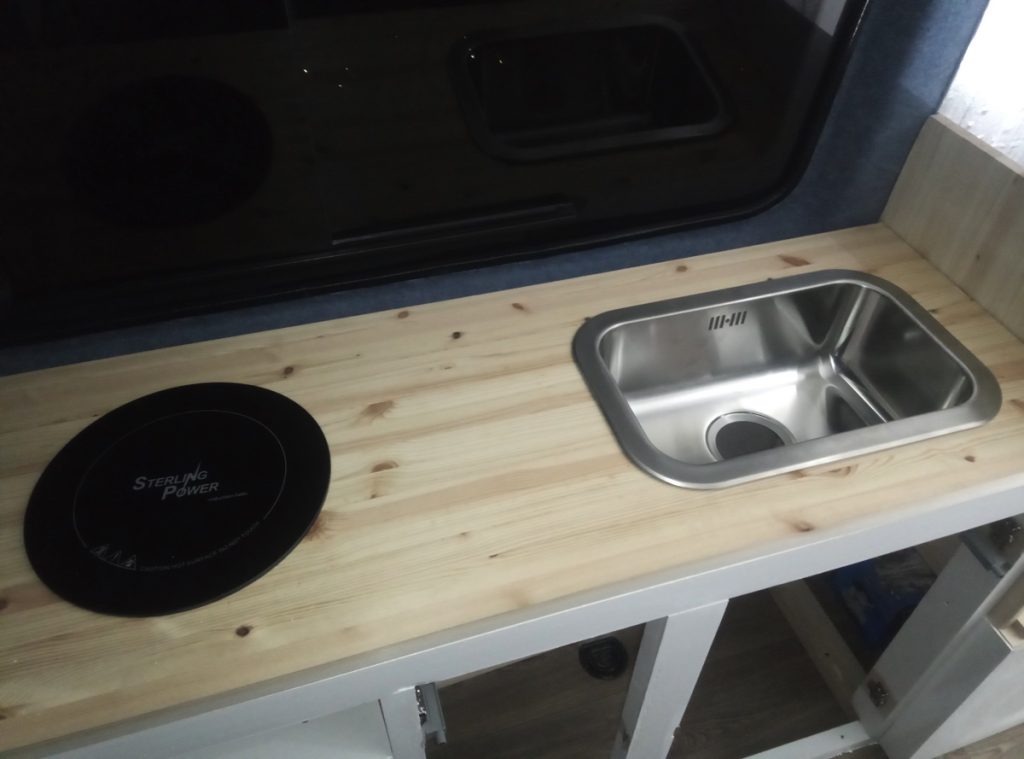Redesigning the water sensor for the Nautilus. The new sensor will include a bluetooth module, to be able to check the water level while filling the tank.
Category Archives: DIY
Navigator 8: case improvements
A first version of the case has been printed and “tested”. Printing single panels and using glue to assembly has been successful, the glue does a good job.
Anyway I decided to improve the design adding better supports for the internal components and several amendments to improve ventilation and easy access to the Raspberry Pi SD Card.
P320 Wifi + BT
Beer, Cider, Mead
Navigator case: update
All the components have been delivered and the first sketch of the case printed:
- the case need to be shorter in height to fit
- all the components can be places, enough room
- the case cannot be printer in one shot, so need to be broken in several components (to avoid any deformation)
- some measurements need to be adjusted
- buck converters have been tested and are stable
Navigator, designs.
Following some schematics about data and power connections.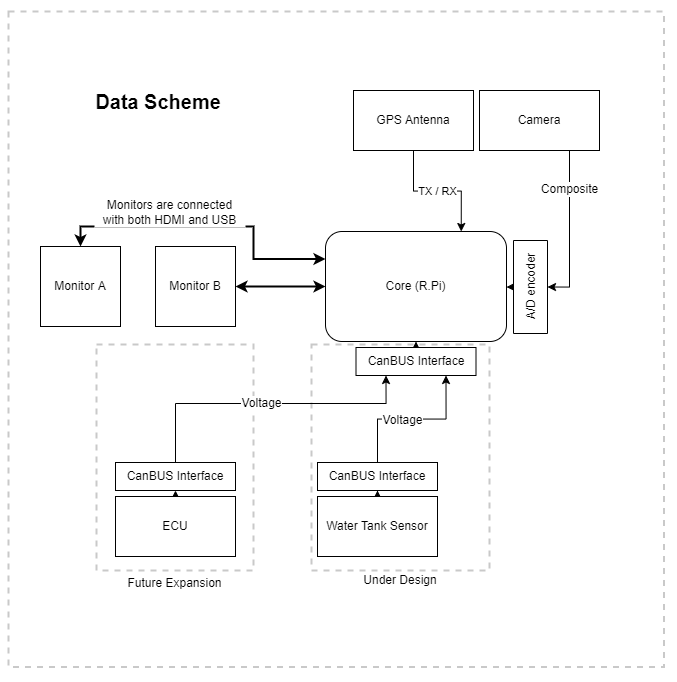
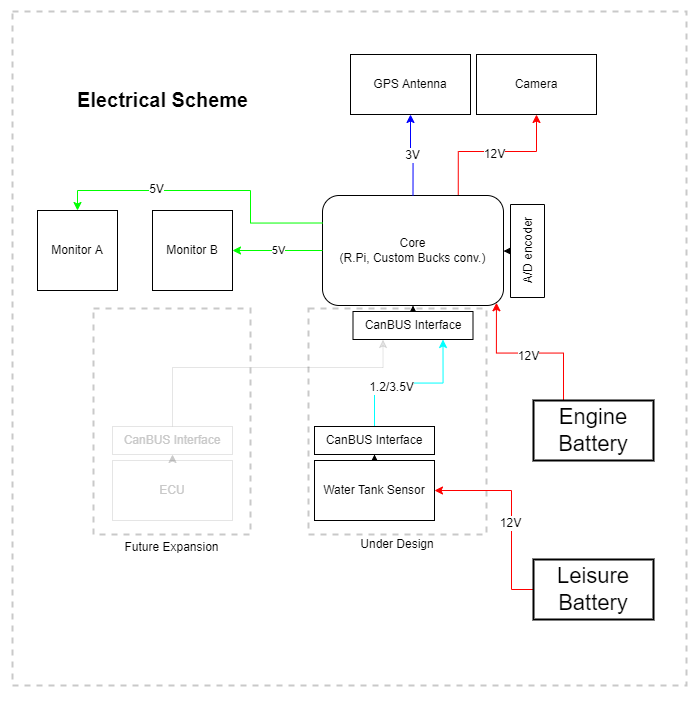 And the schematic for the computer enclosure, will include the Raspberry, some step down converters, the A/V card and a fan for cooling.
And the schematic for the computer enclosure, will include the Raspberry, some step down converters, the A/V card and a fan for cooling.
Powering is controlled by a switch for now. Ideally the fan will have his own controller and the power off action managed by the software.
Won’t be bad to add a front USB port and a door to access the sd card and maybe a small monitor.
Following some images from the enclouse design.
Navigator, update
Long time from the latest post about the Campervan Computer System: Navigator.
The last week end I spent some time testing the wiring on the camper, and I had to find out that the previous tests did not include the A/V card (for the rear camera), currently powered by the Raspberry Pi.
This means that the system can’t boot properly due to lack of power. Raspberry Pi is not able to power two devices from usbs.
The two current buck converters that I planned to use are too bulky and not powerful enough anyway, so I had to consider some solutions:
- Using only one monitor
- Using two monitors but one only is touch-screen
- Create a custom board to feed each board separately
Obviously the best solution is the one that requires more work: number 3.
Creating a custom board will drastically reduce the size of the converter, solve any powering issue (one converter that have a single output for each module).
The design is in progress, it may be done purchasing pre-made boards, but not sure because it seems unusual having a stable 3A output on 5v.
Meanwhile, I had the chance to test the navigation system, and is faster than I expected.
Also, the 3D printer has been delivered and I can start to design the casing!
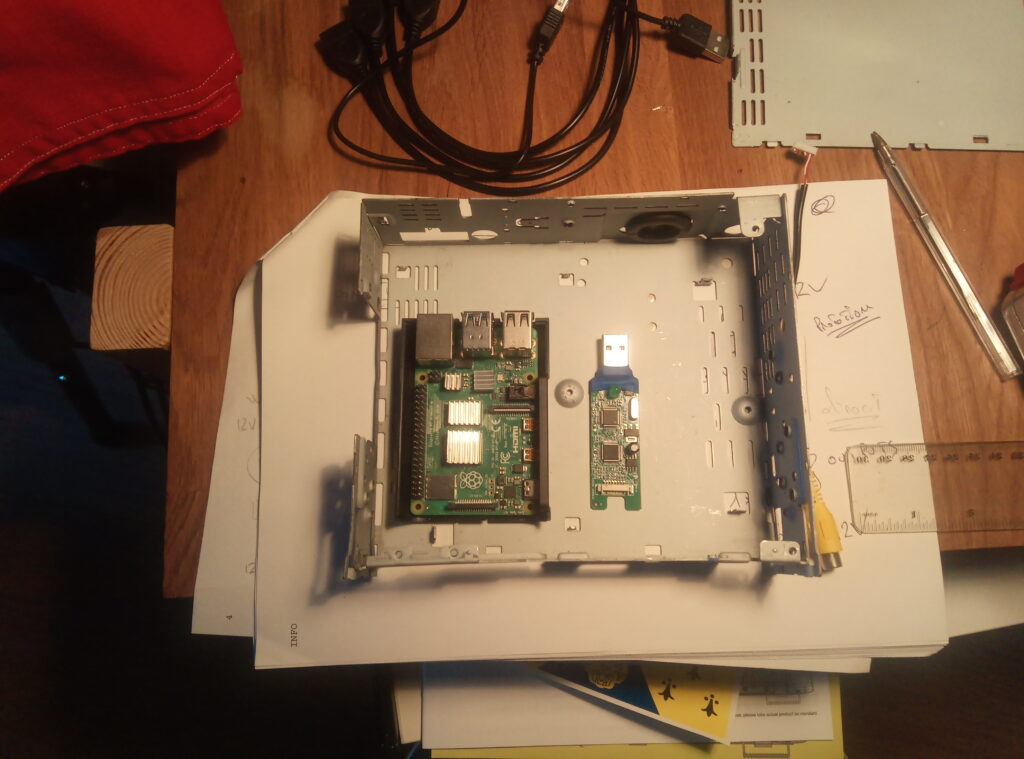 Everything must fit in this space (boards, power supply, wiring, connectors and fans)
Everything must fit in this space (boards, power supply, wiring, connectors and fans)
Elegoo Neptune 3, not bad at all for the price! Still waiting for the filaments.
Campervan: April update
Two weeks to go and most of the work have been done. Only the water tanks need to be connected and wired, the system it’s a bit over engineered but should be solid.
To monitor the water levels I created a digital gauge:
- a single FULL indicator light for waste tank
- six different level for the fresh water
- a momentary button to check the fresh water level
The fridge and the table have been installed too. The fridge required some modification due the position of the AC/DC switcher, placed on the back of the appliance. Is now moved in front and integrated in the kitchen control panel.
The control panel for the electric system will be ready as soon this week.
Water tanks cage
Campervan: March update
One month to go before holidays and most of the work has been done. The electric main skeleton is ready, just few things left:
- setup the control panel
- fridge
- few lights
So far I am very happy with the battery (wasn’t cheap at all), the Dc-Dc Charger, the inverter, the fuse box and the schematics that I draw. From a quick test seems that everything work in safety, but I would like to do a full stress test.
As well the bed is almost done, just missing the two foldable legs (that I will complete today) and the locking system, probably created using two seatbelts.
The design of the bed changed a couple of times but the final system (my wife’s idea) is work just fine and is sturdy.
The kitchen is almost be ready too, the worktop with hob, sink and tap have been installed and is waiting for the hydraulic system.

